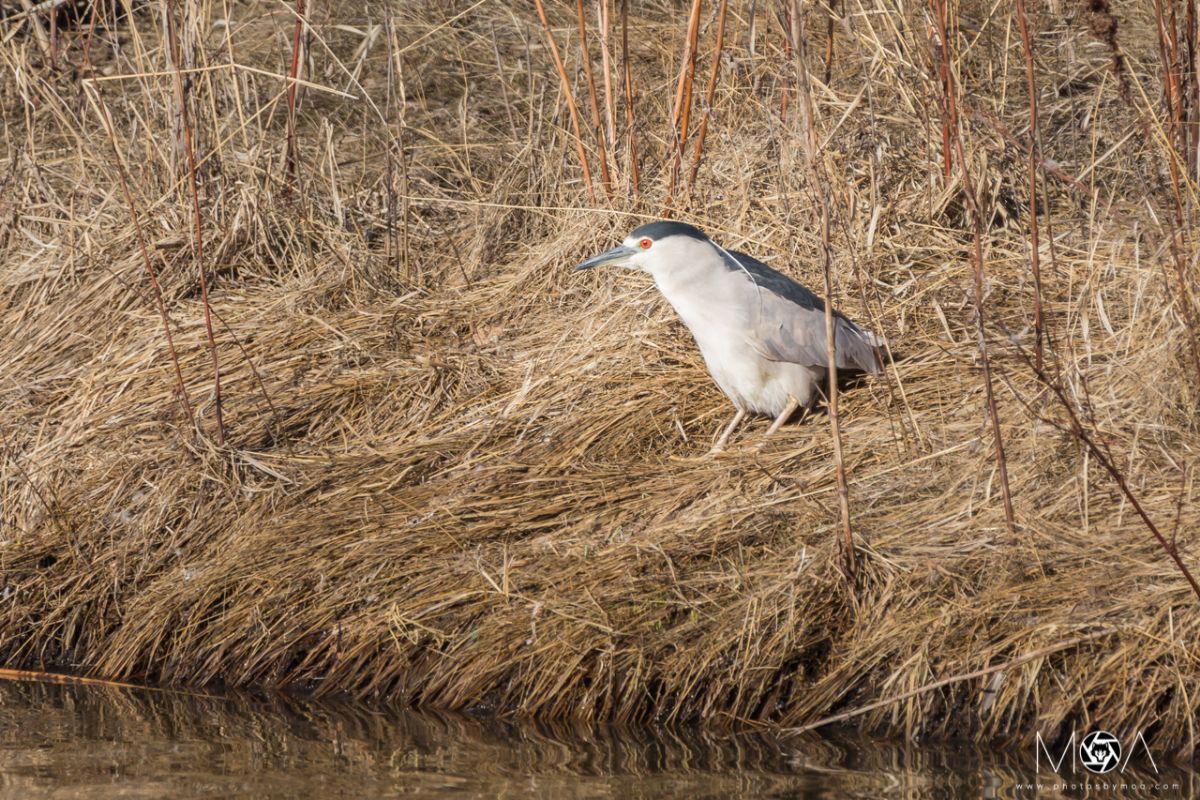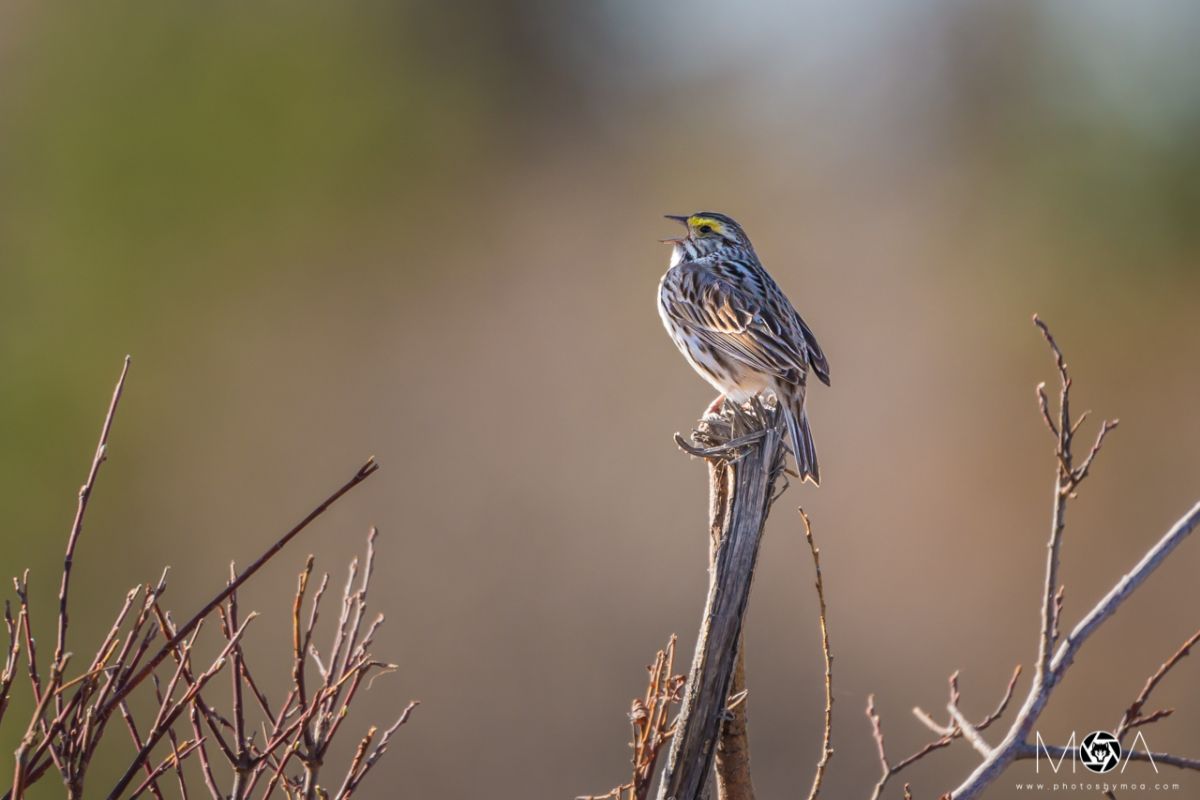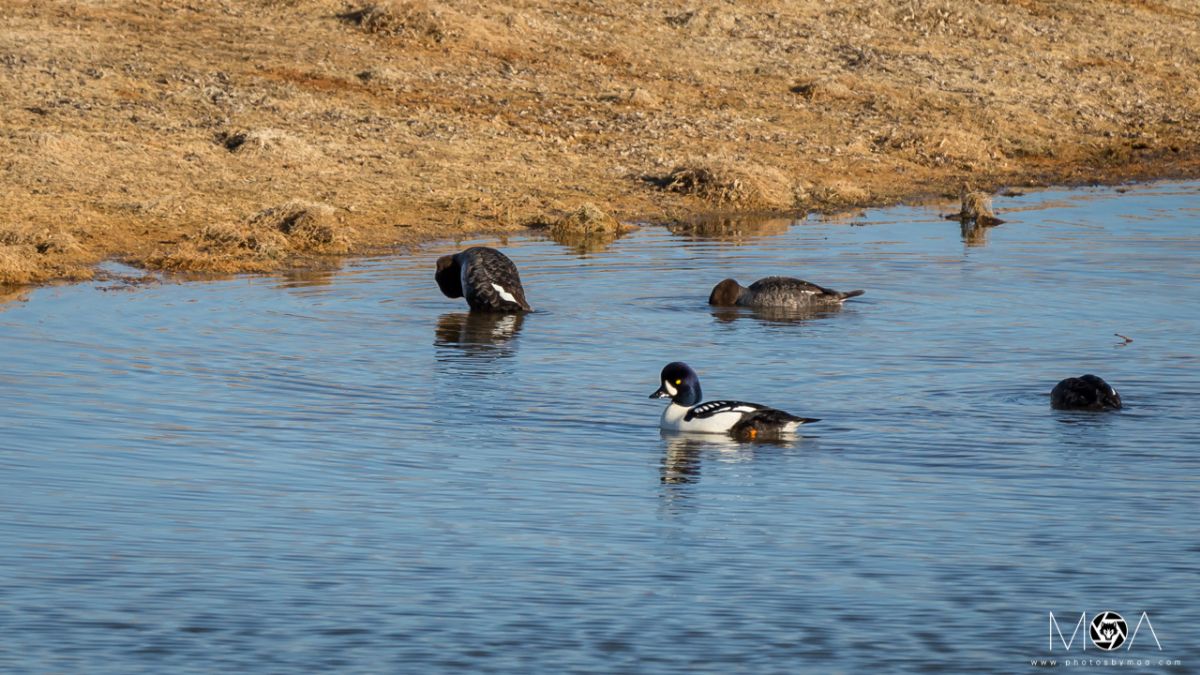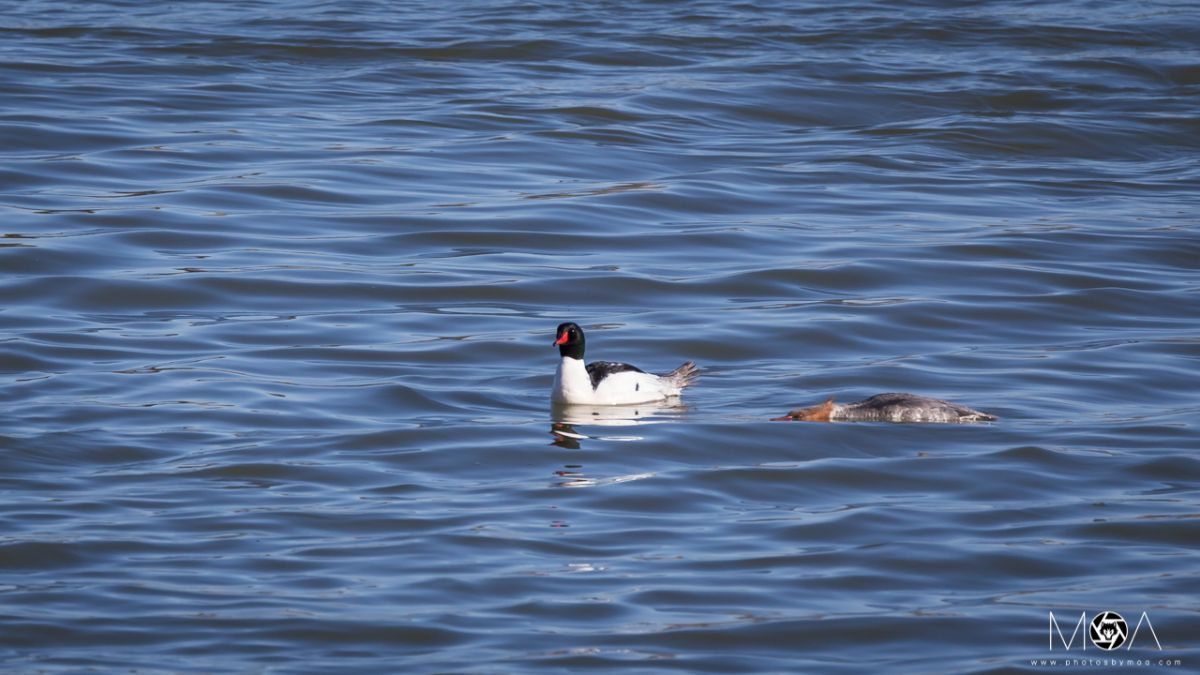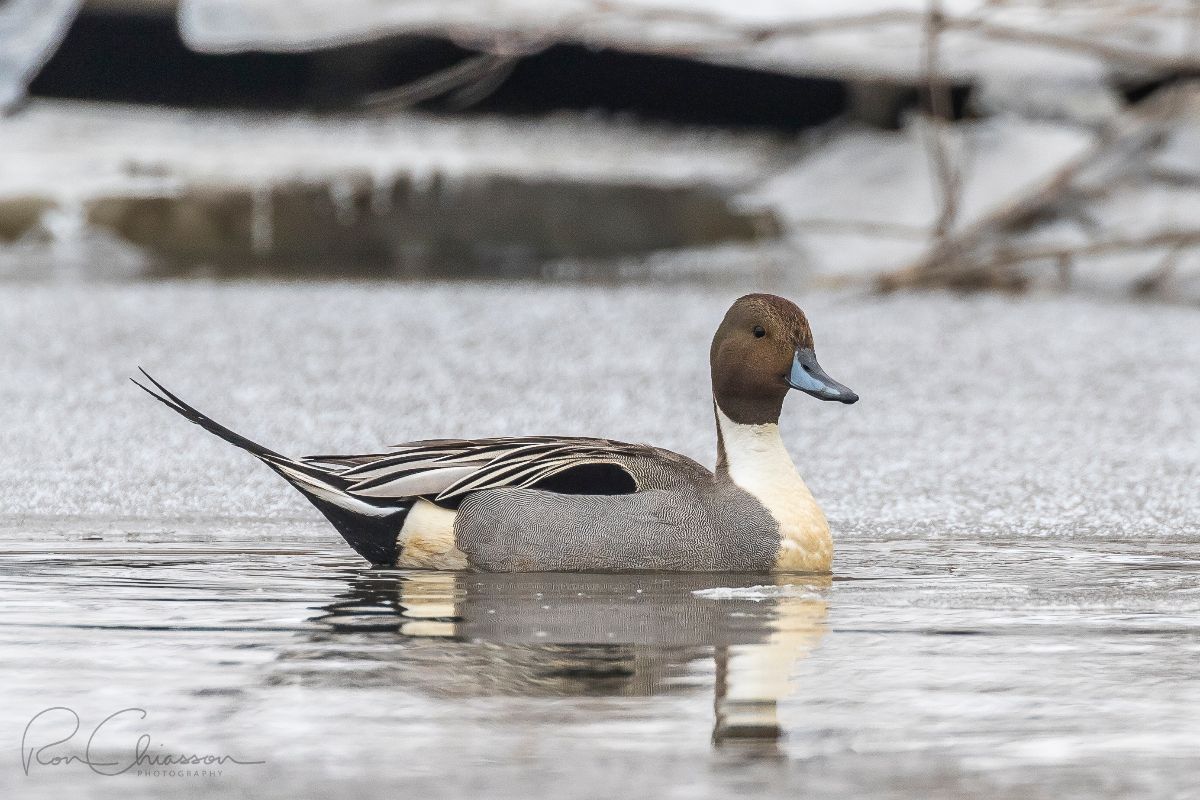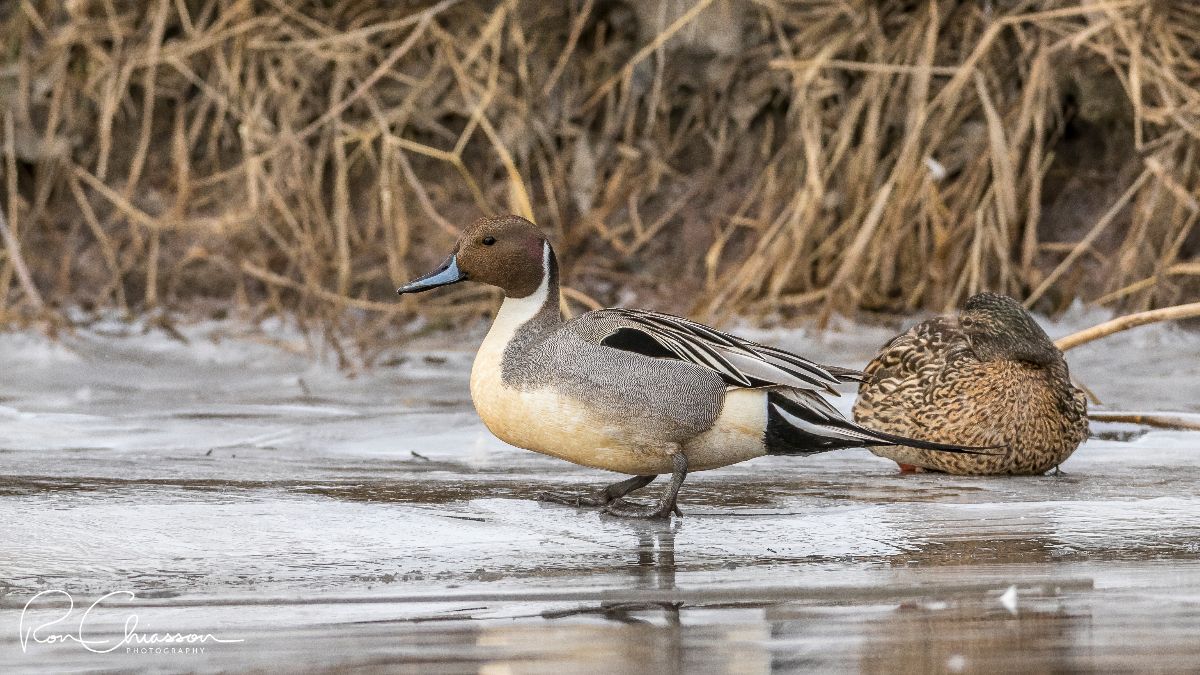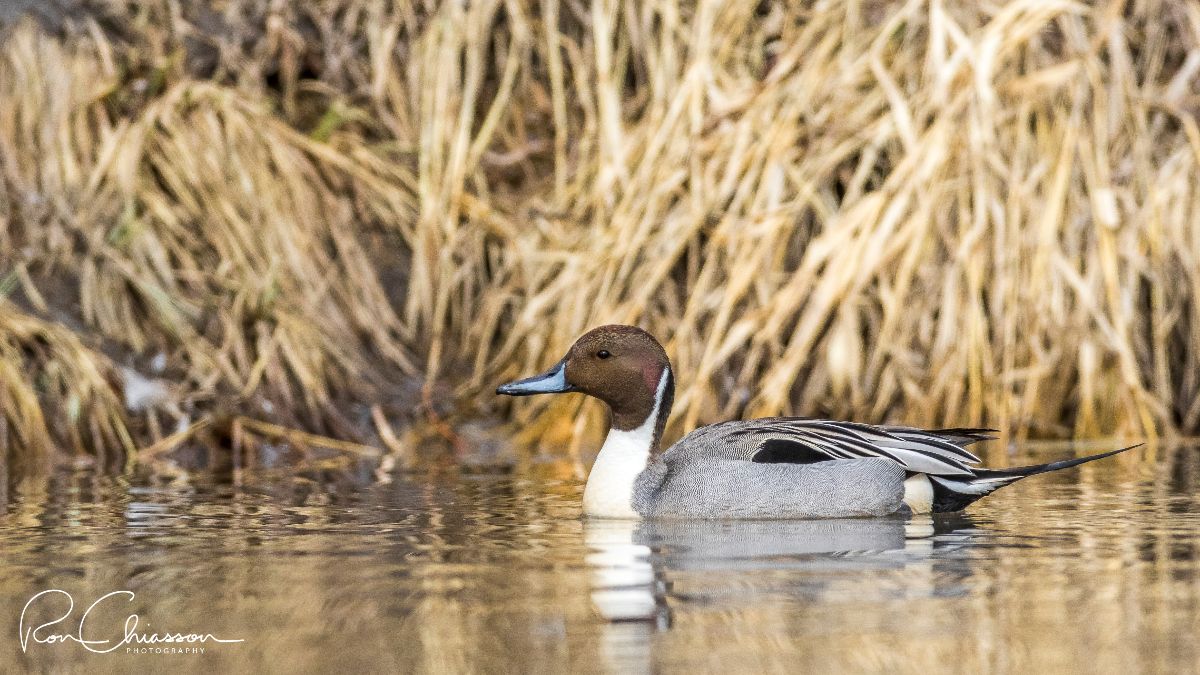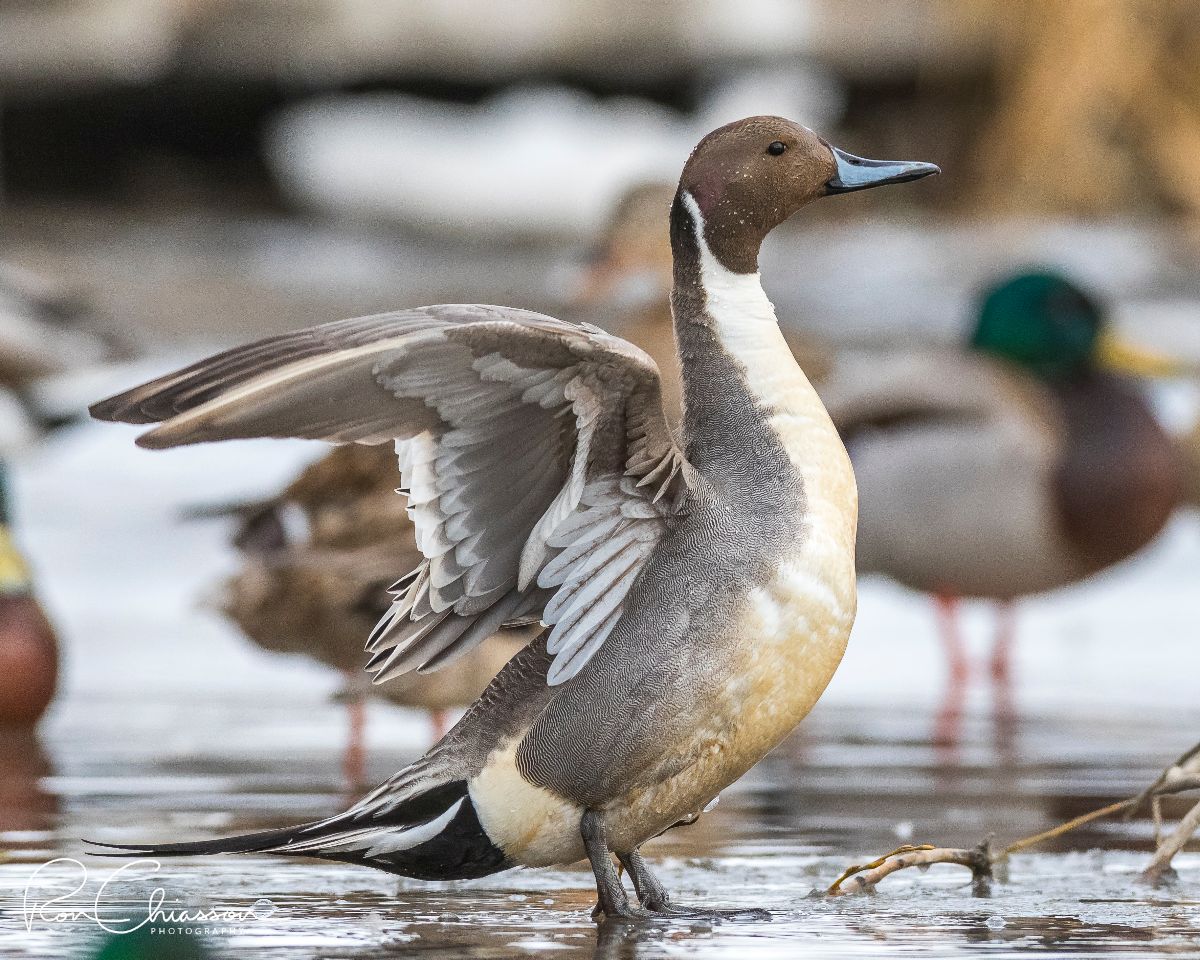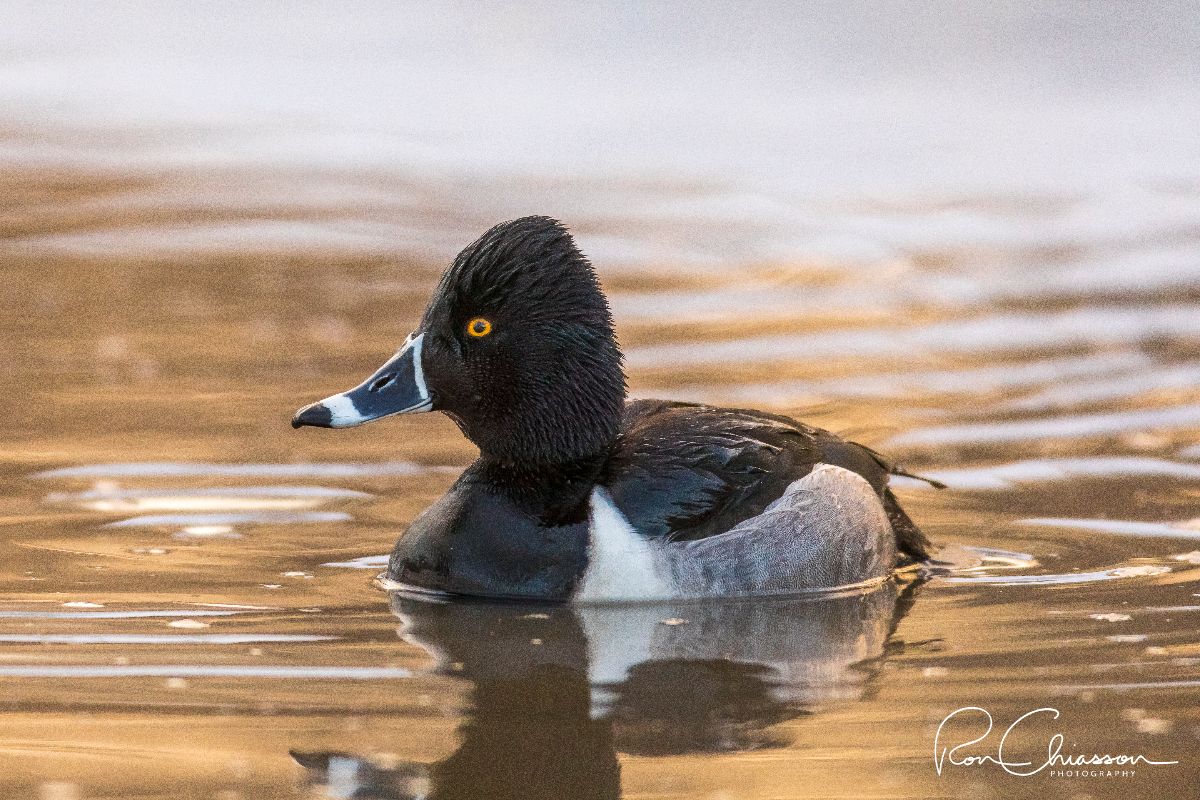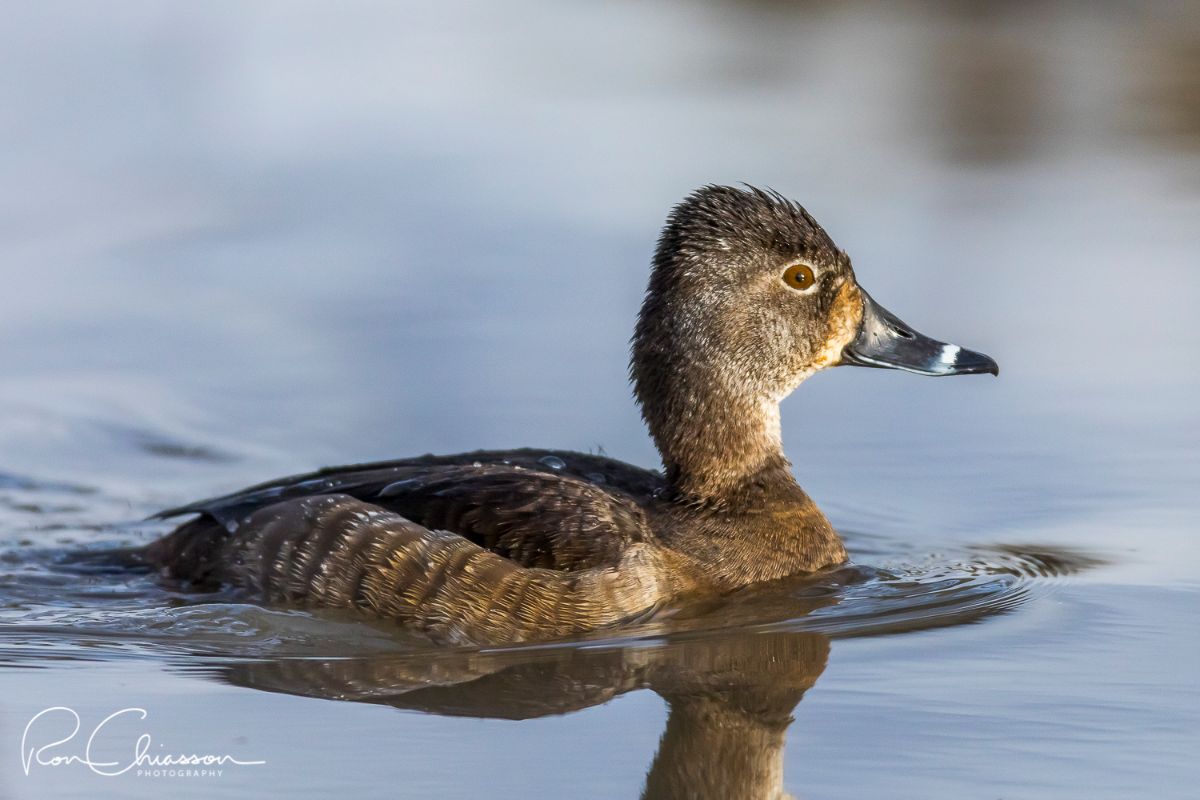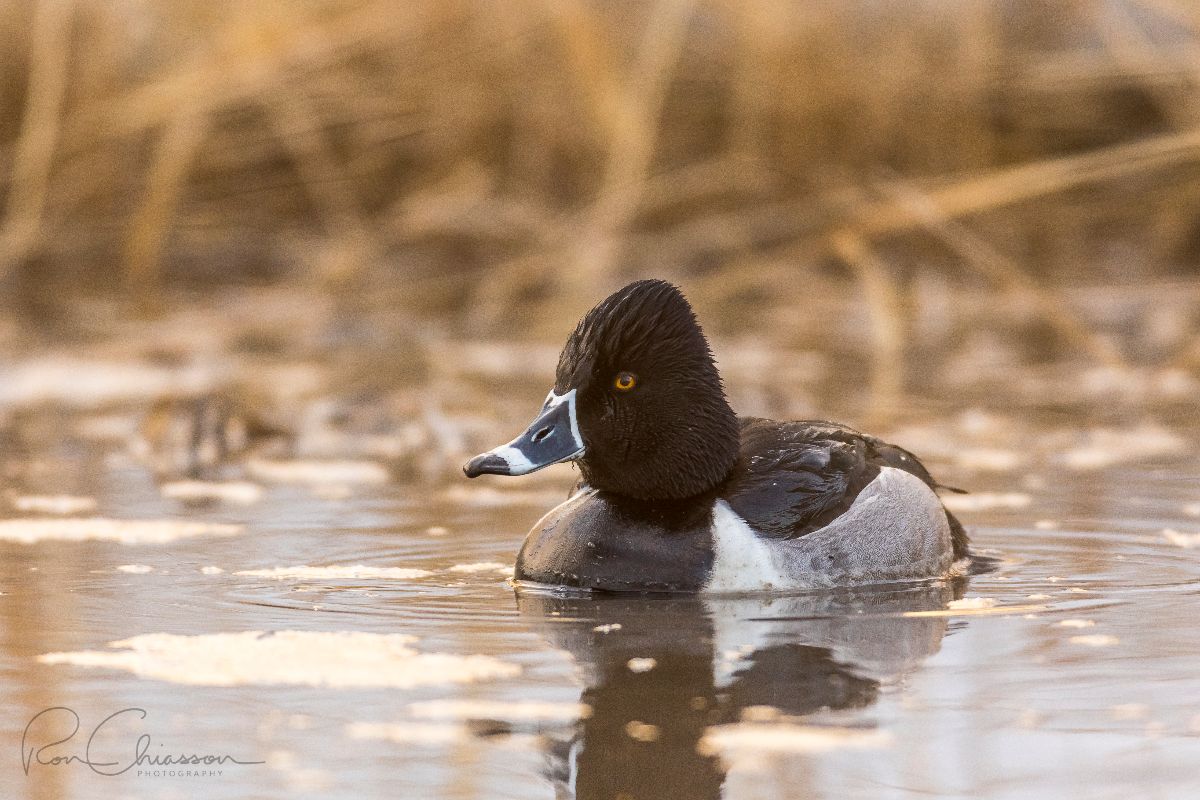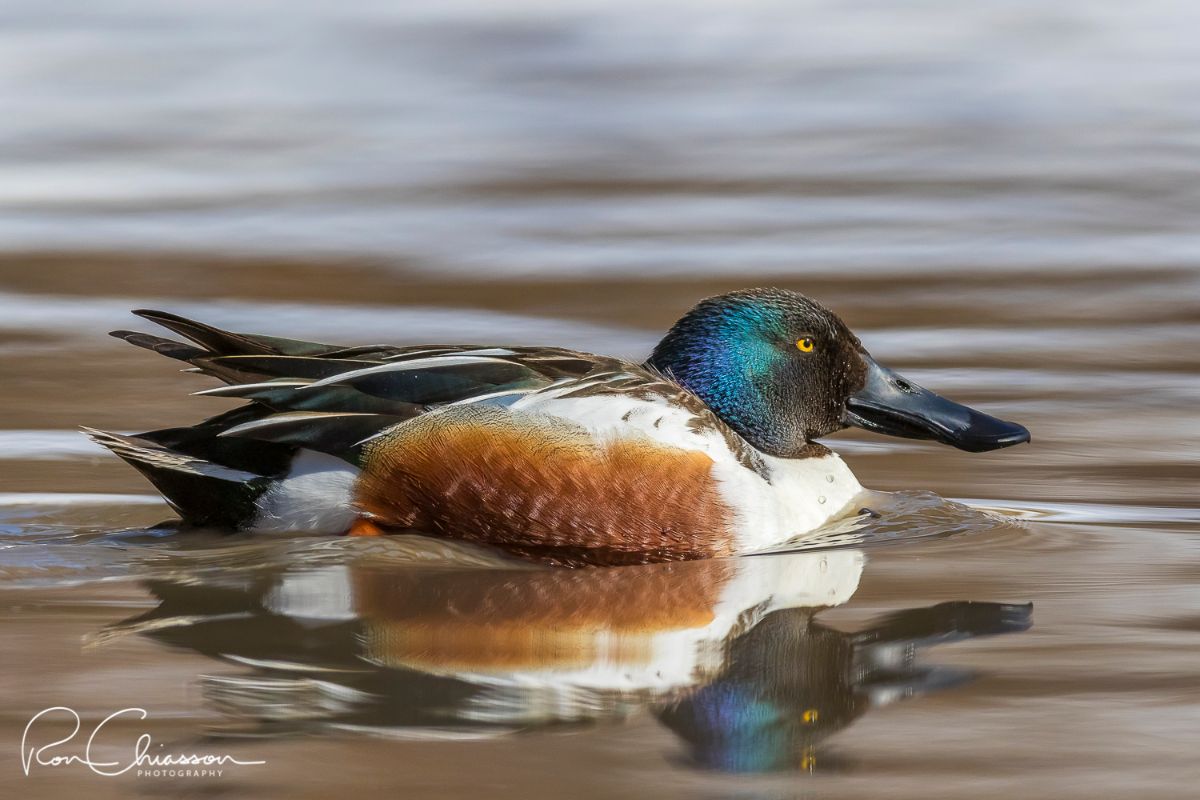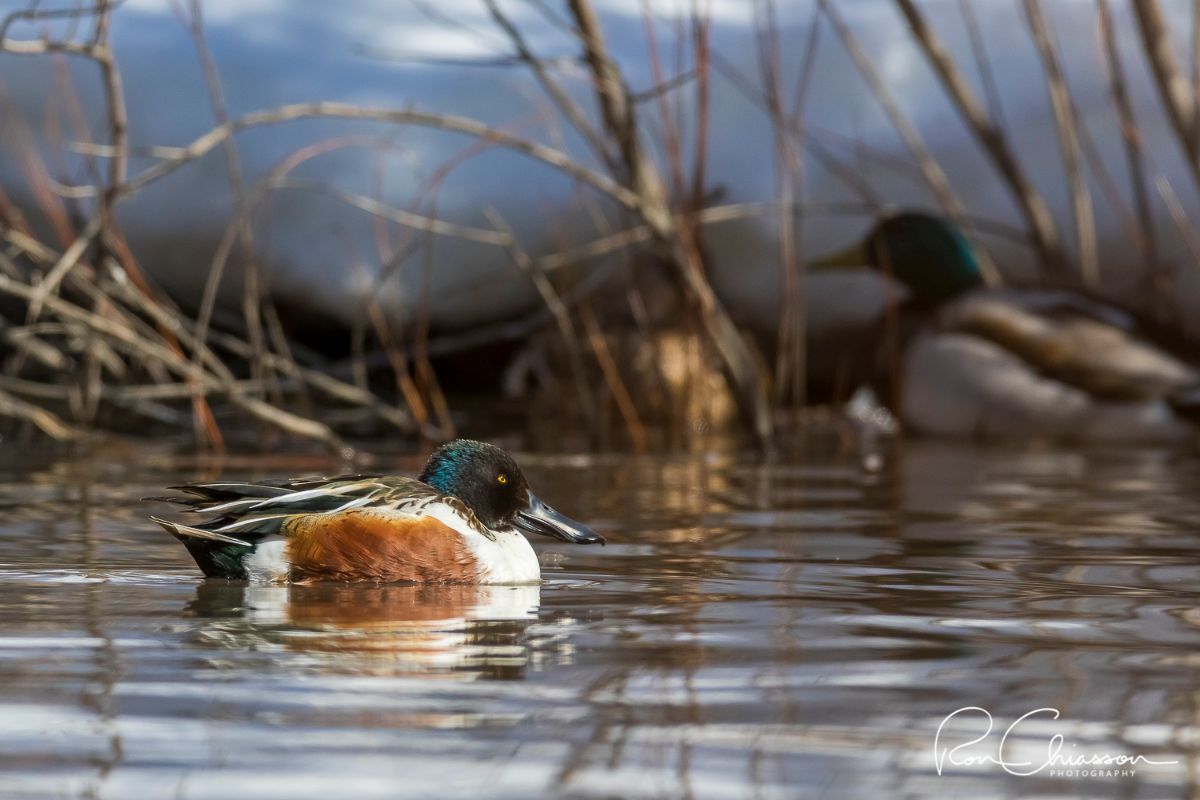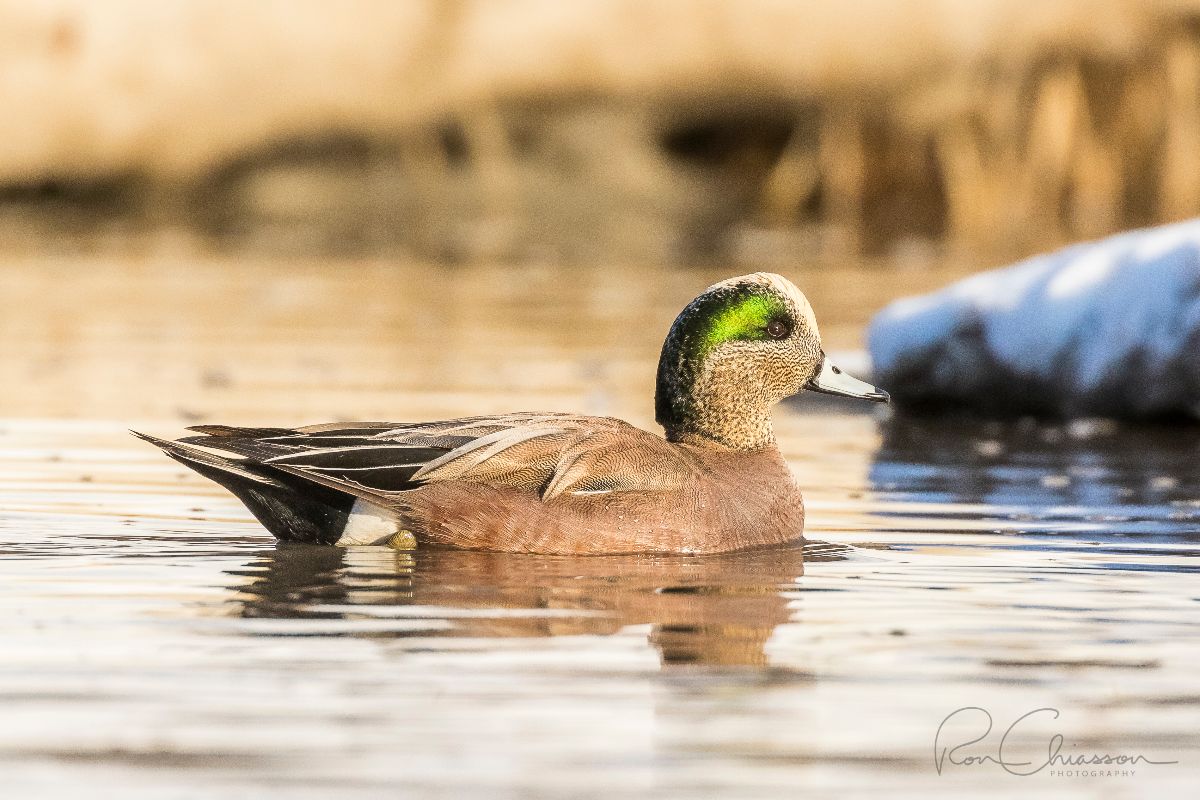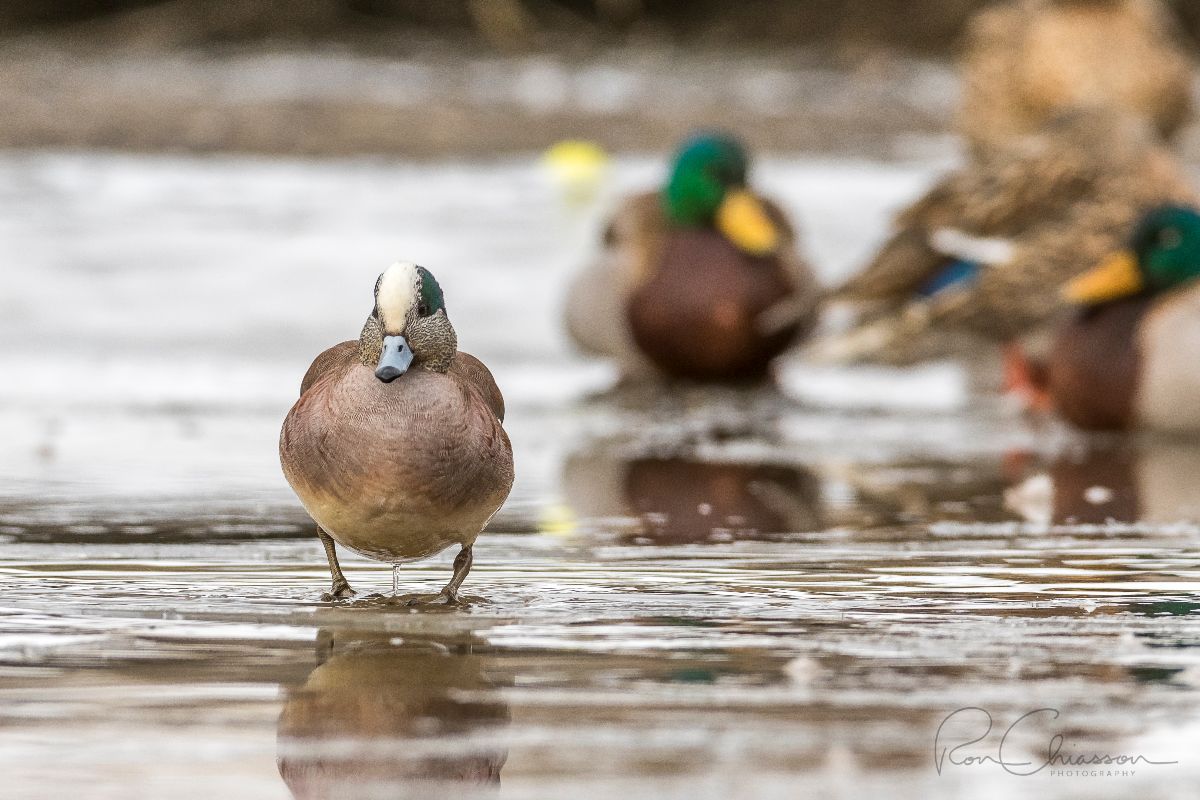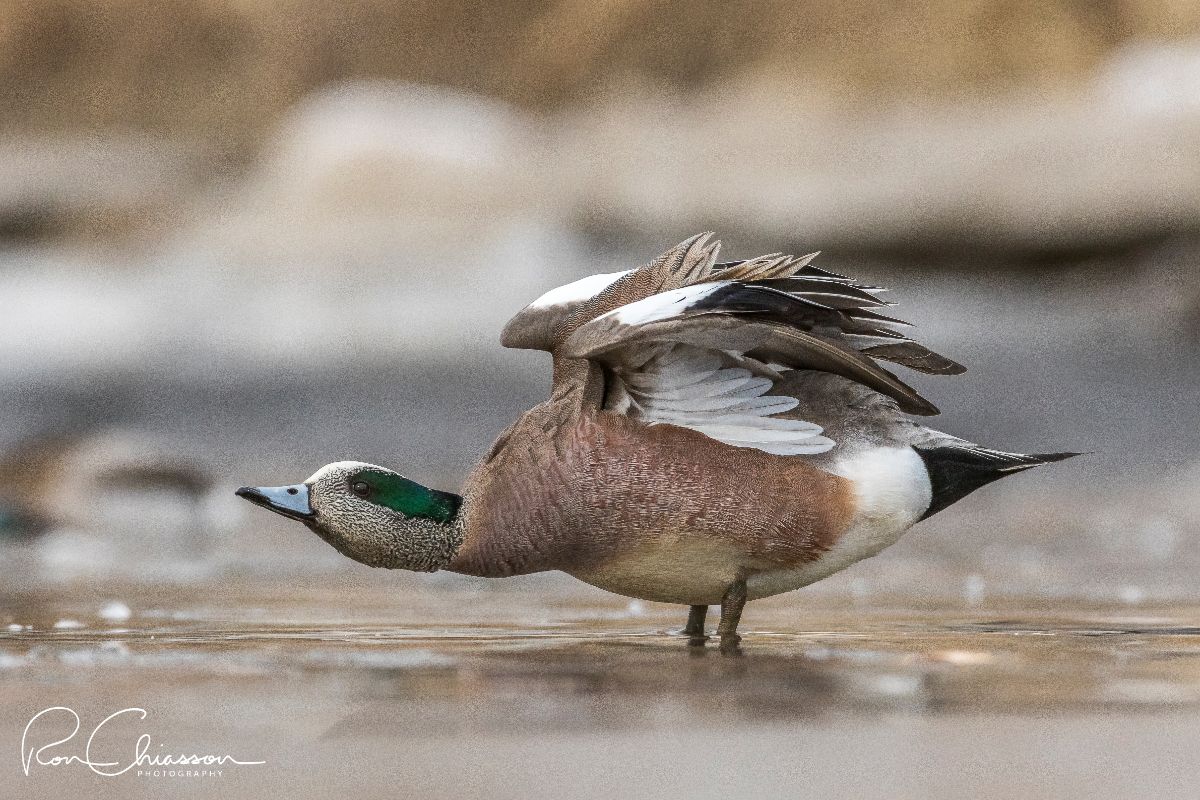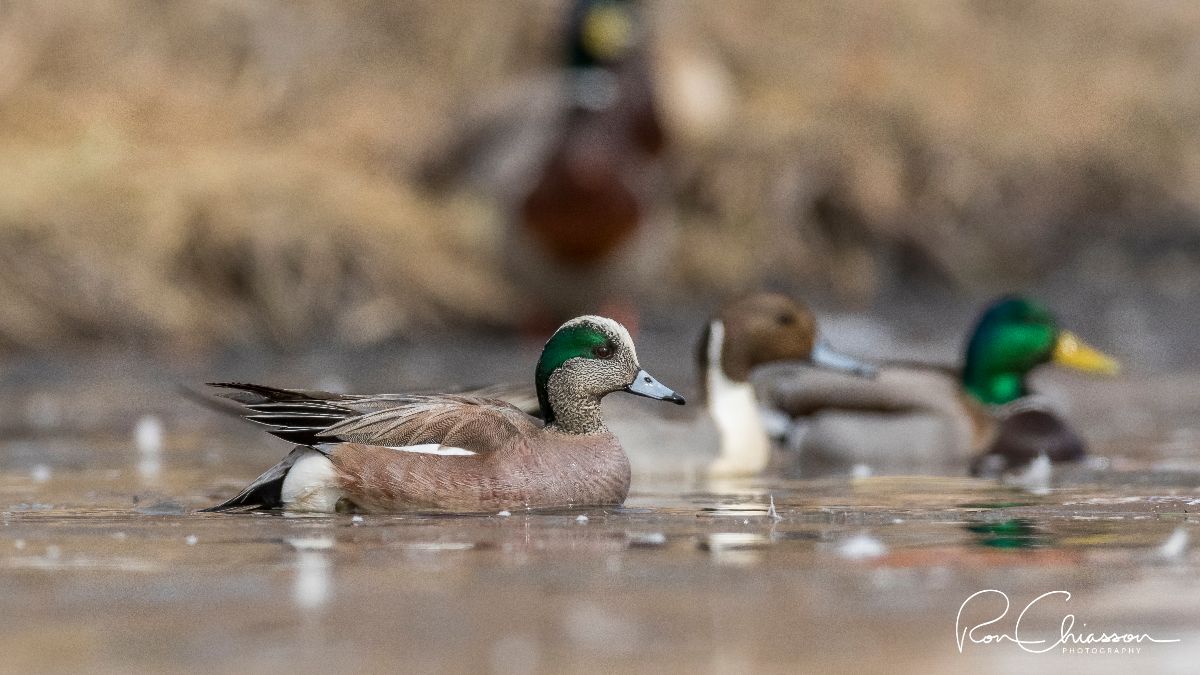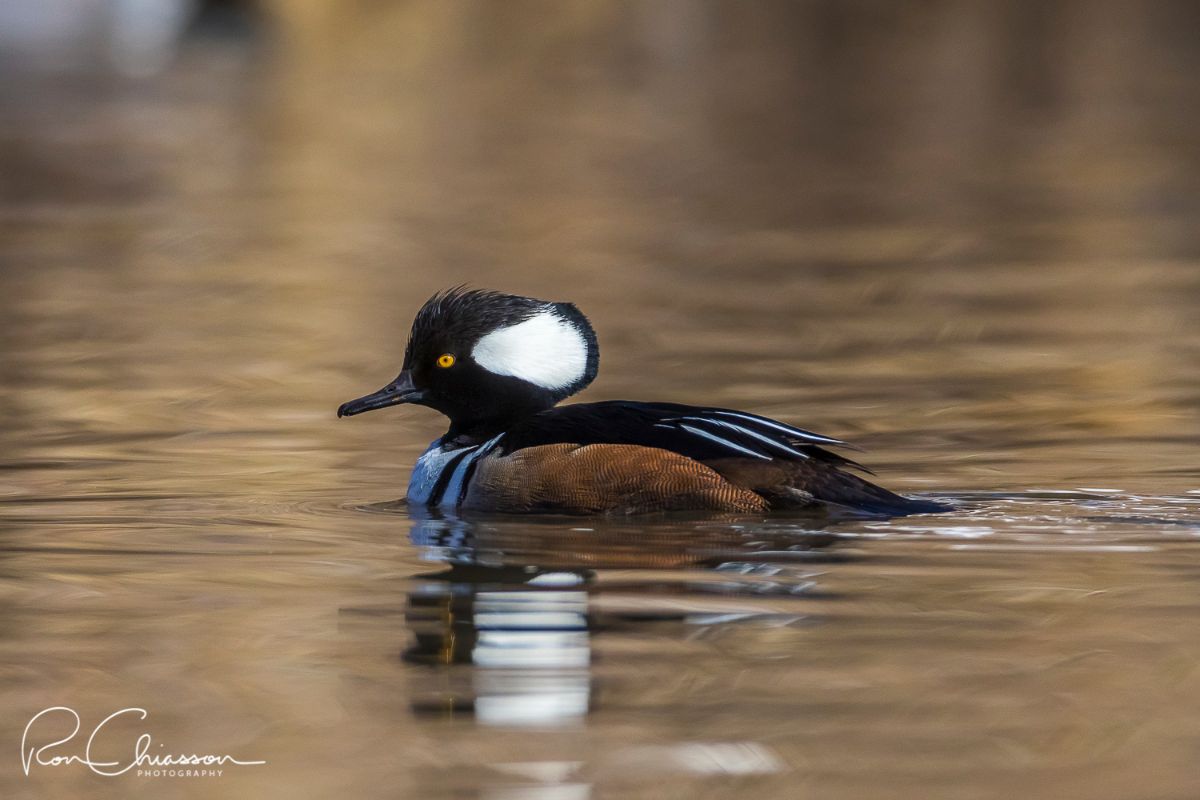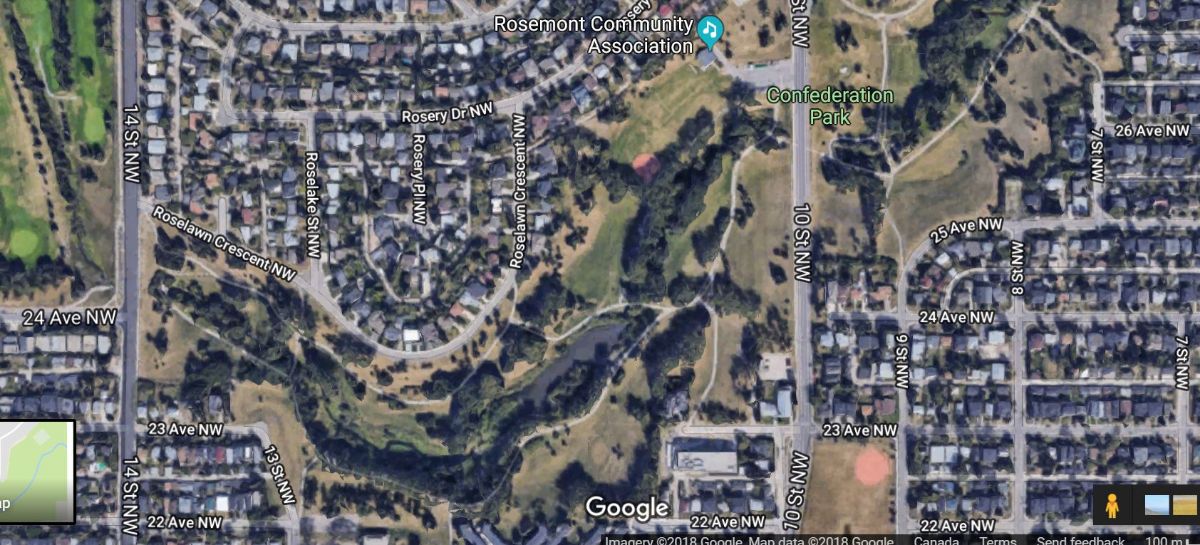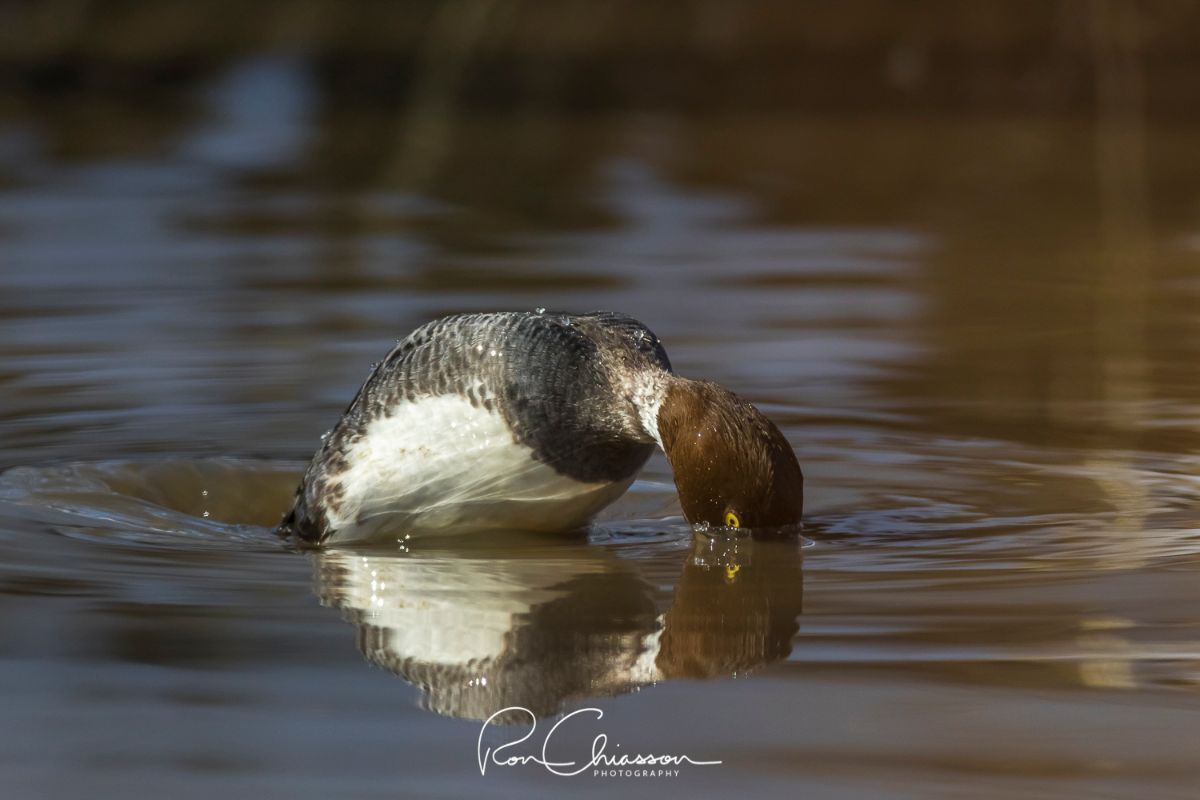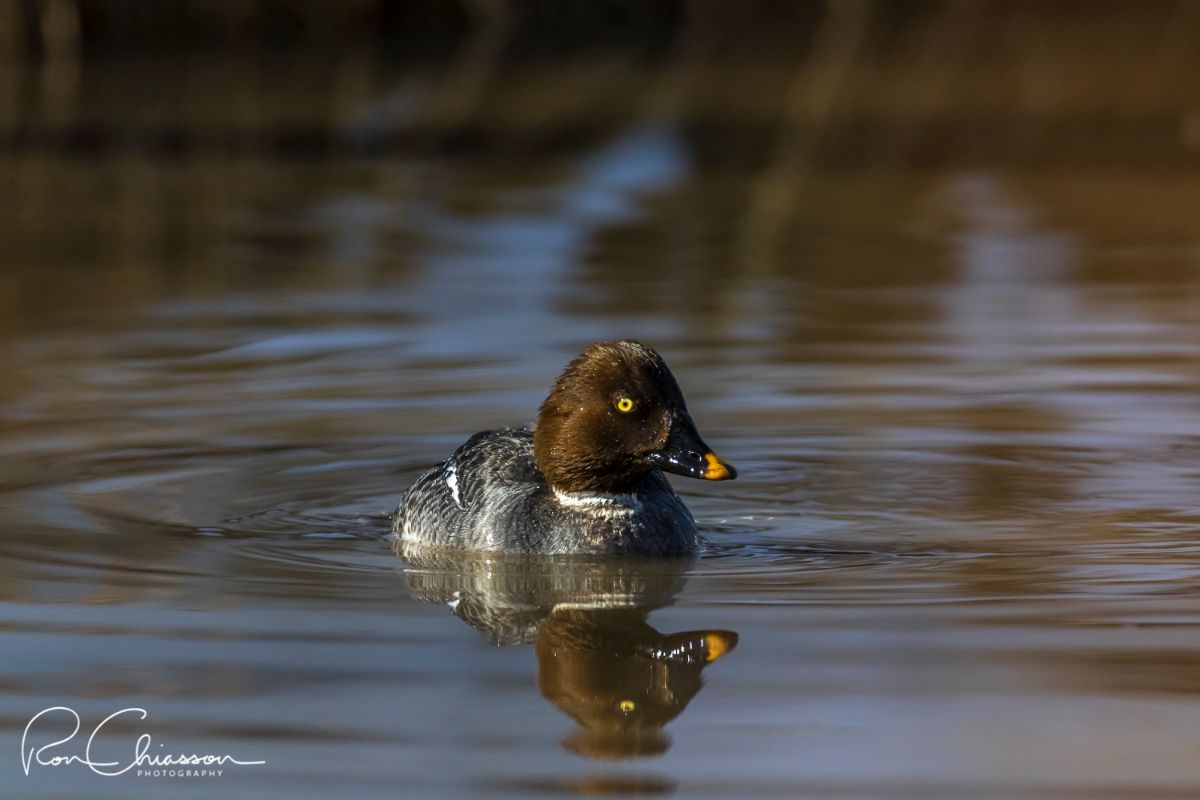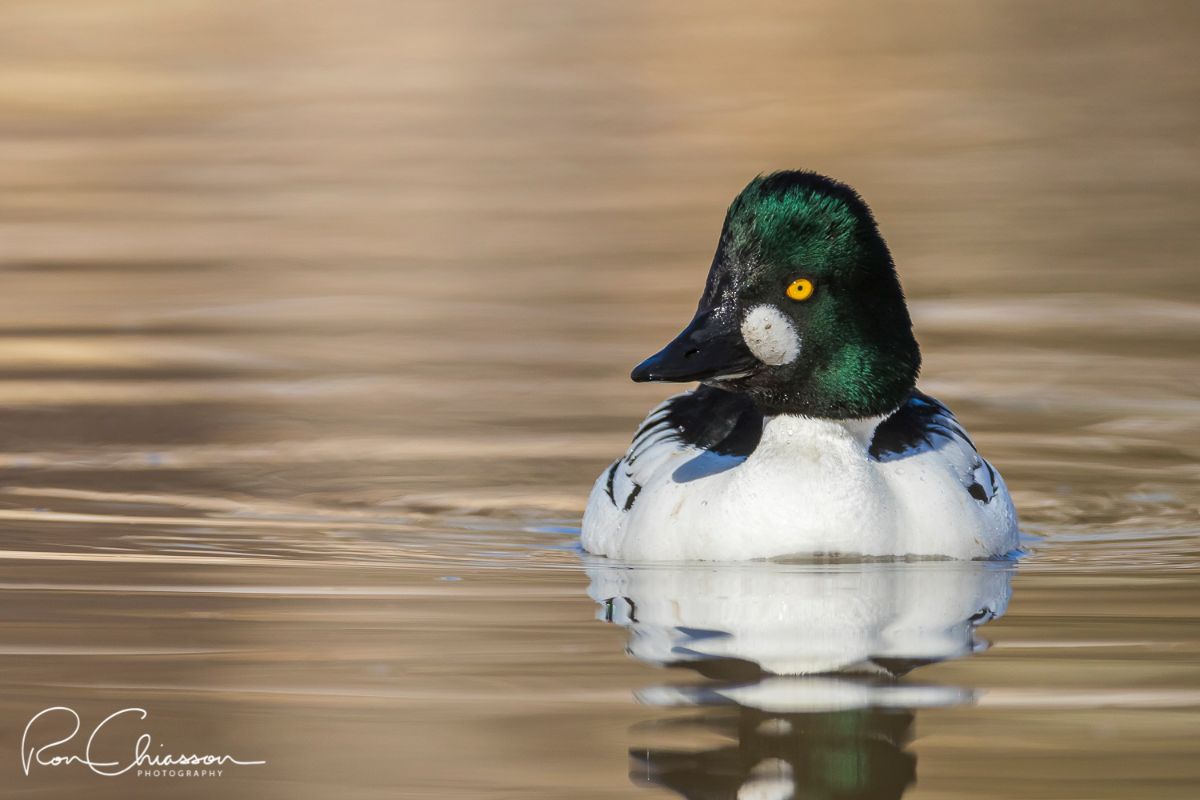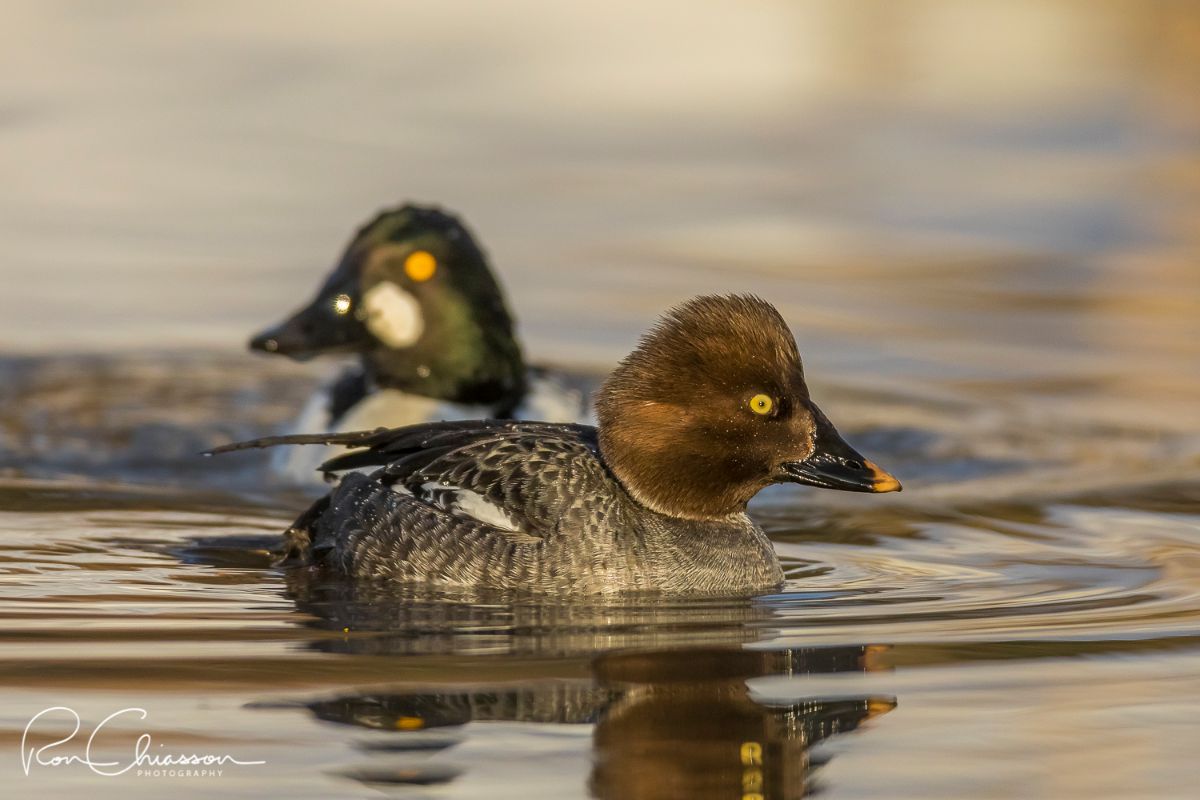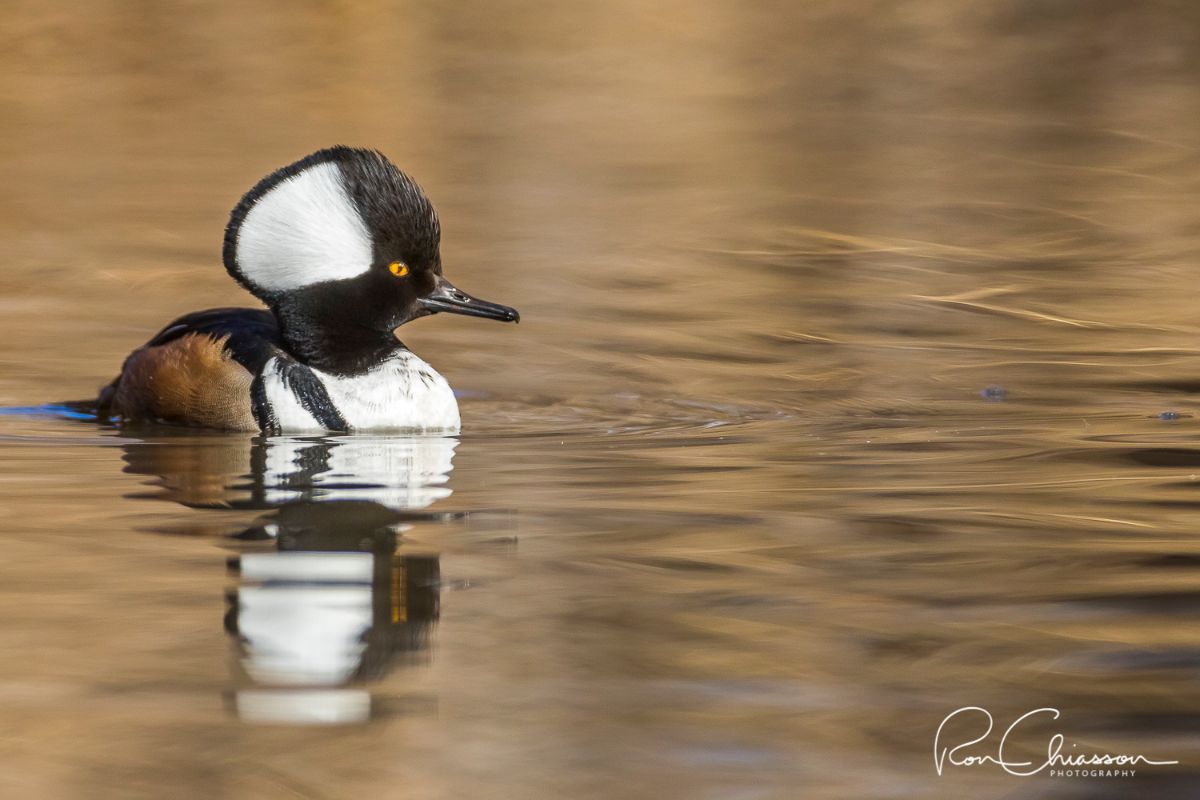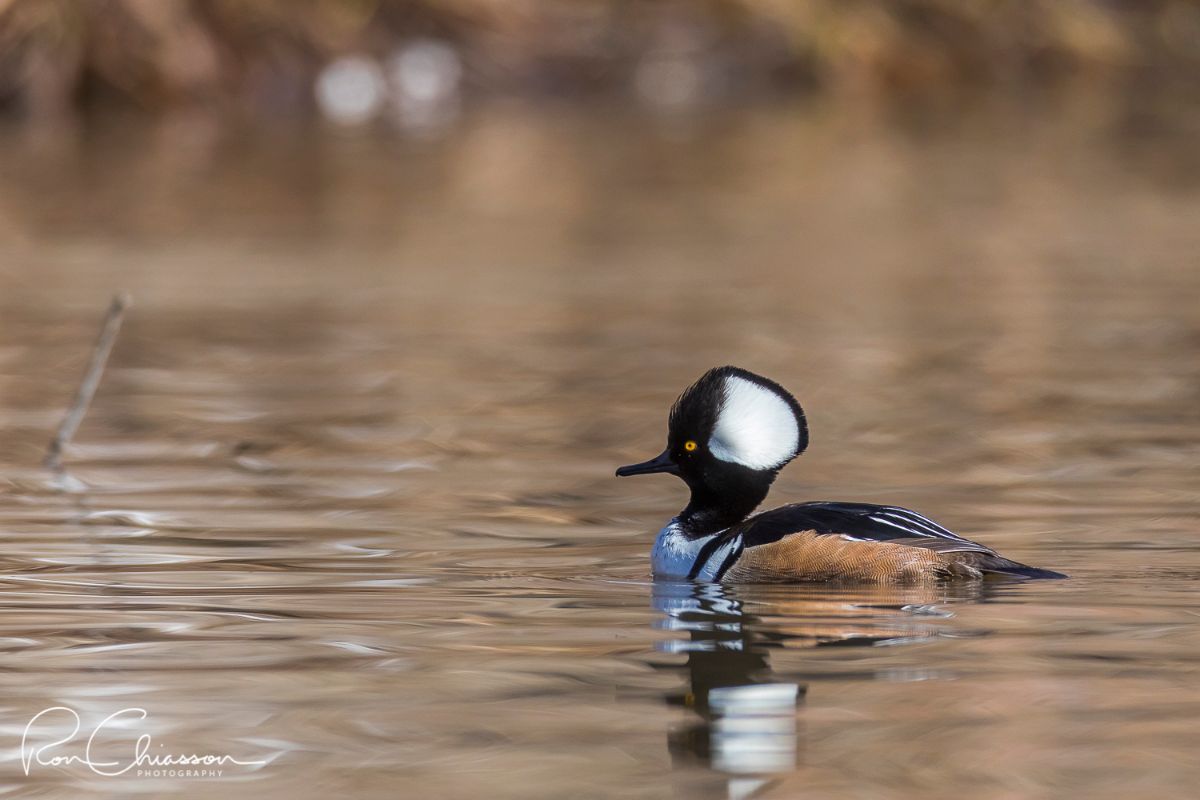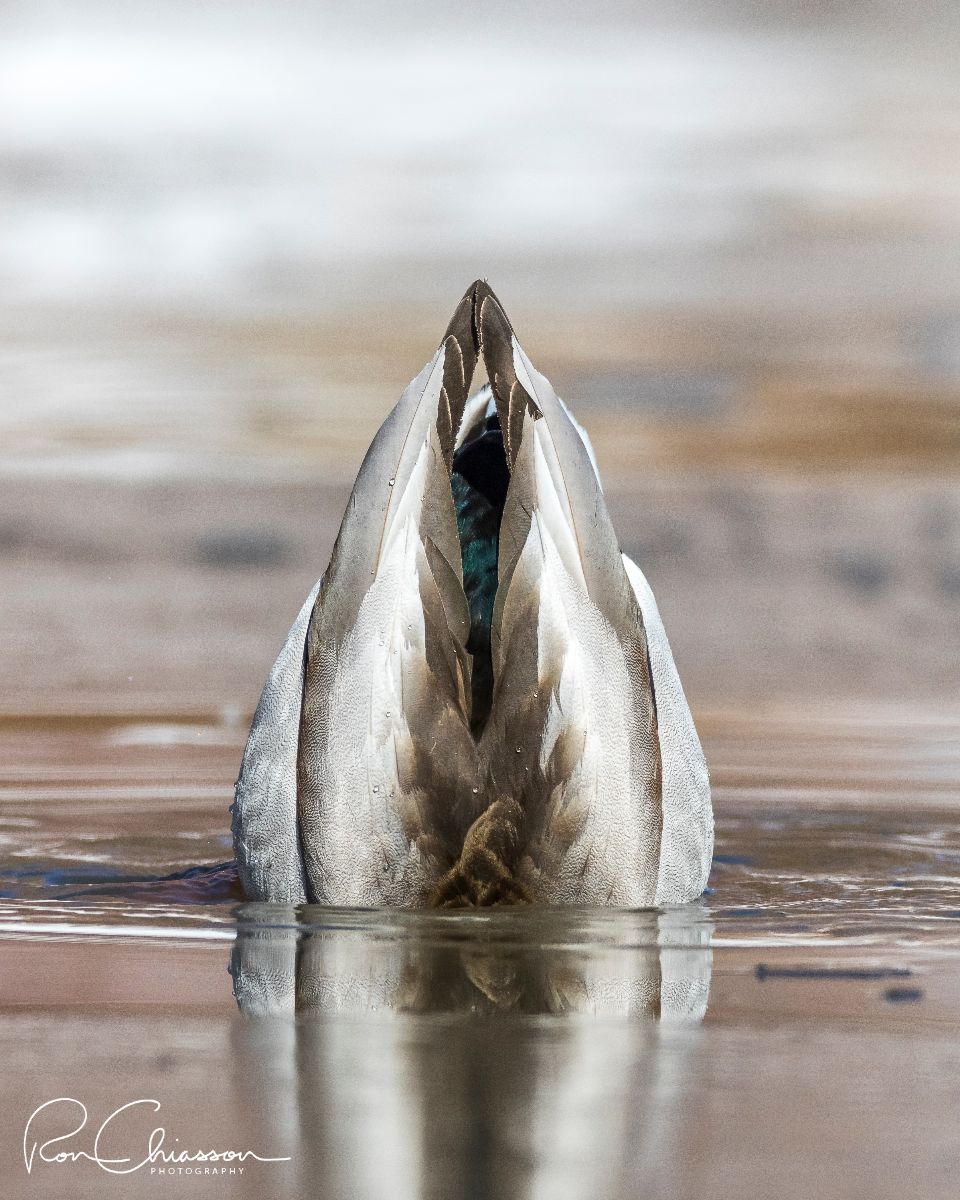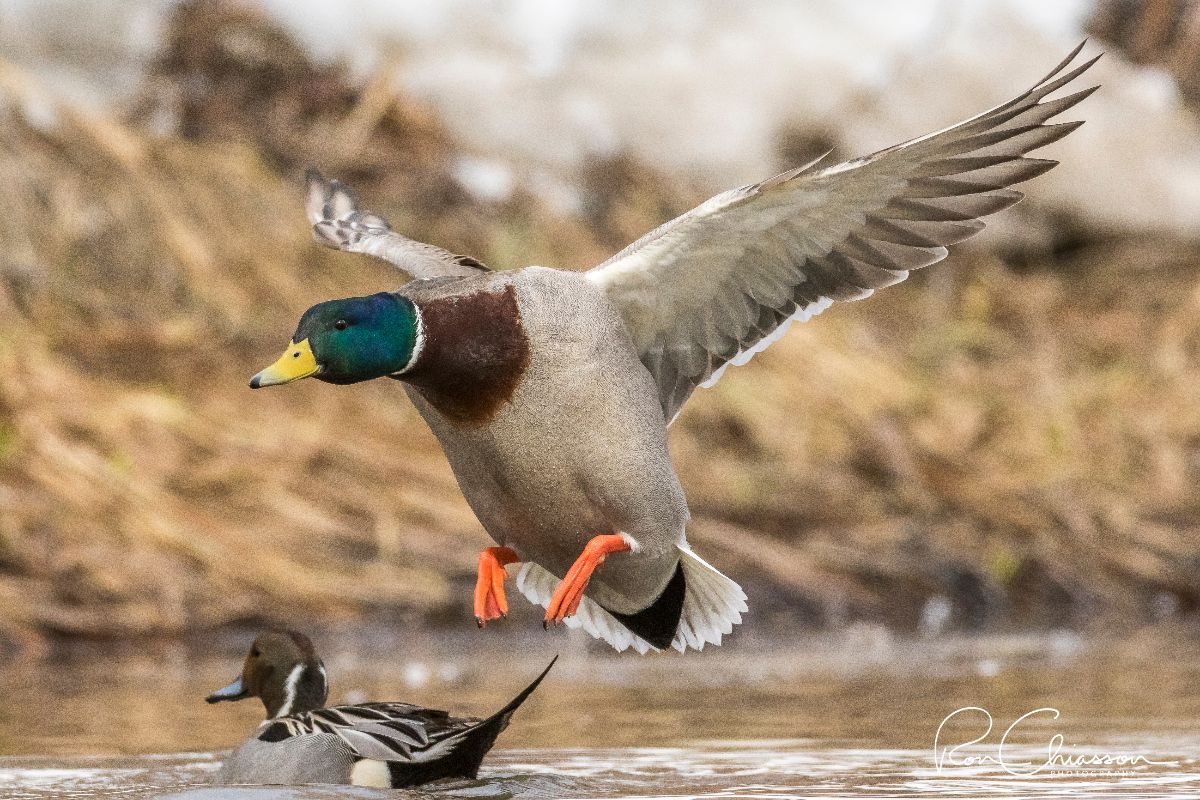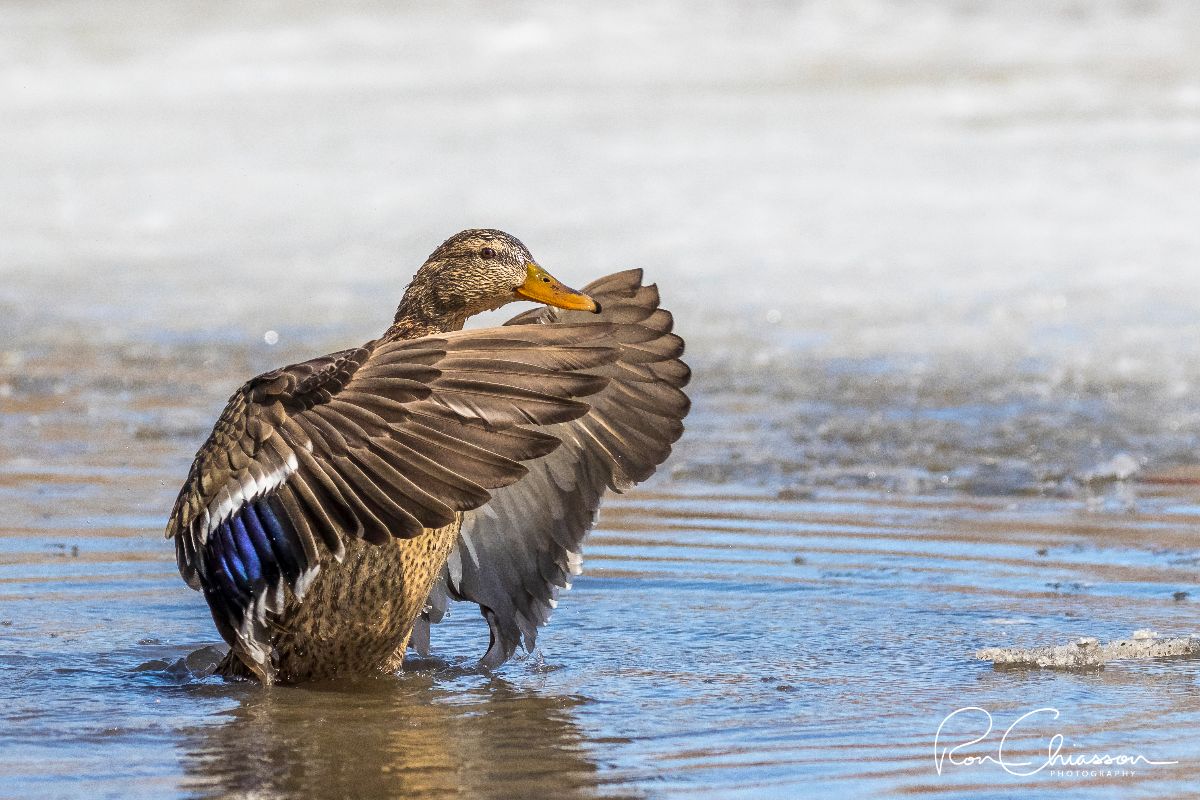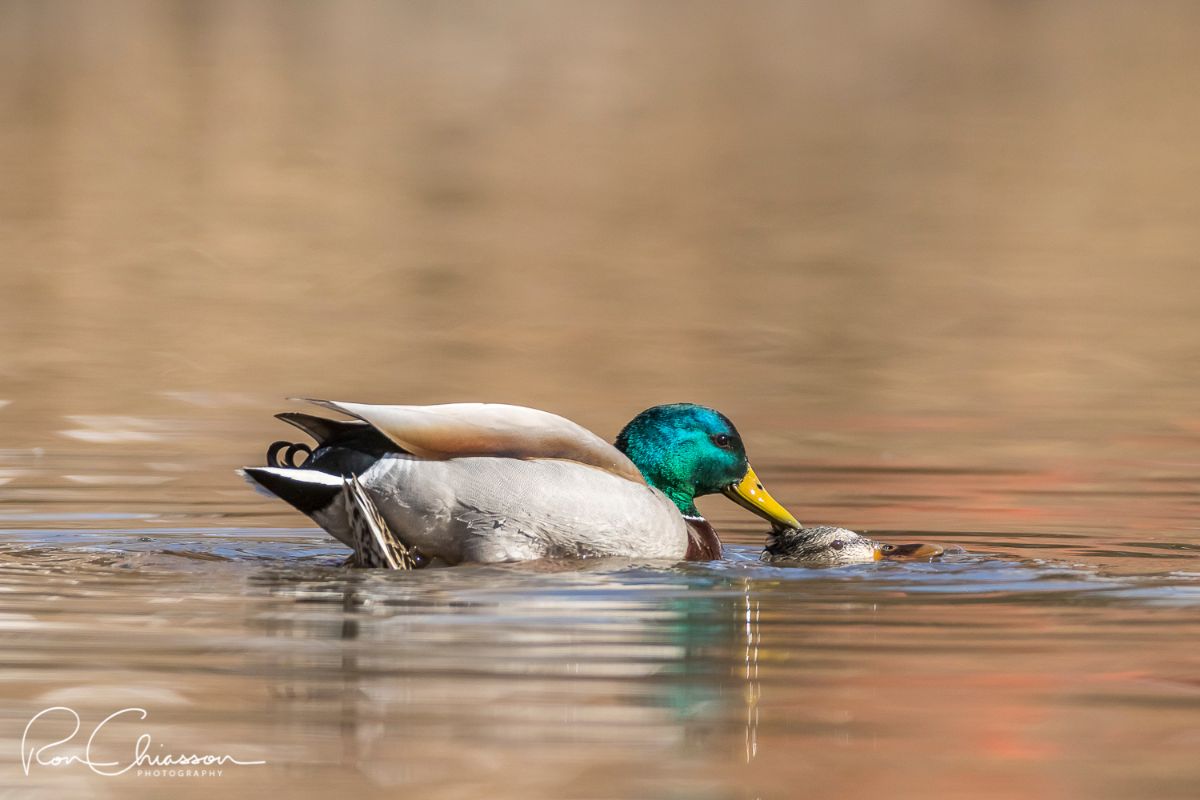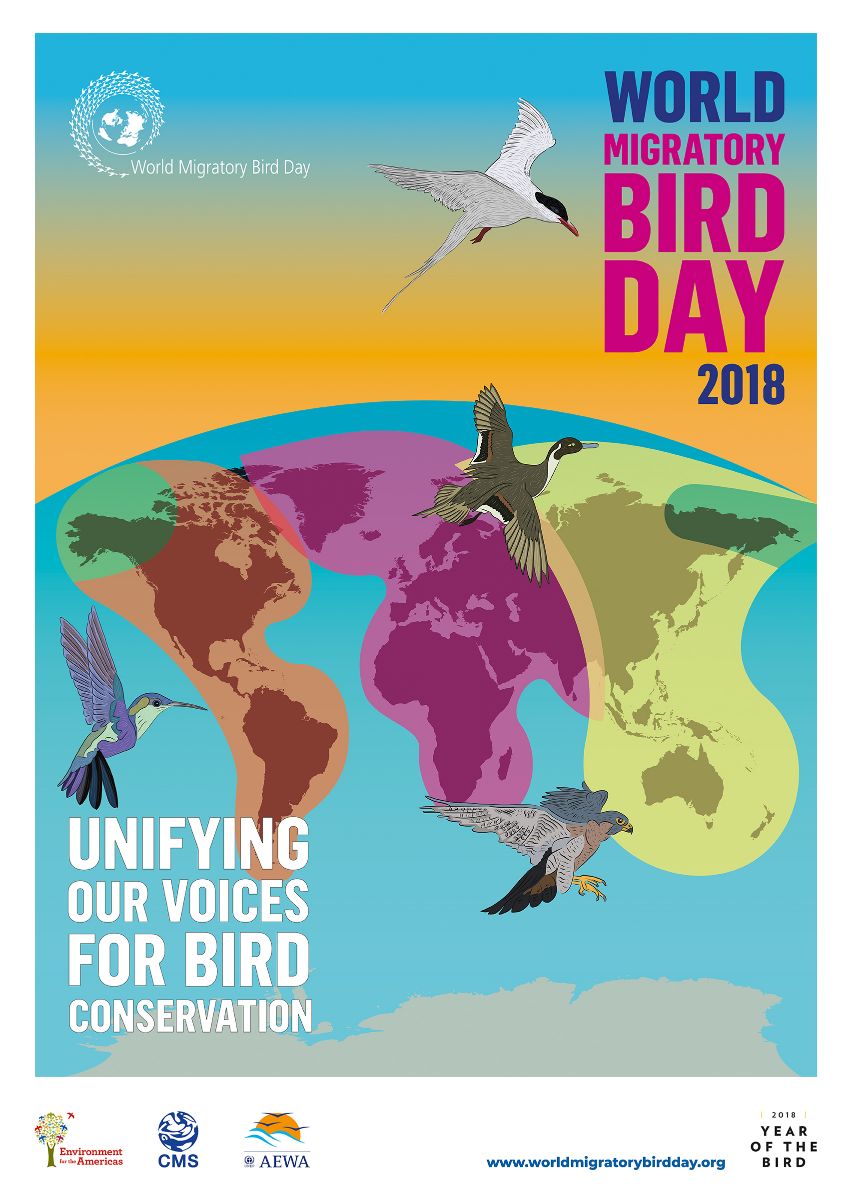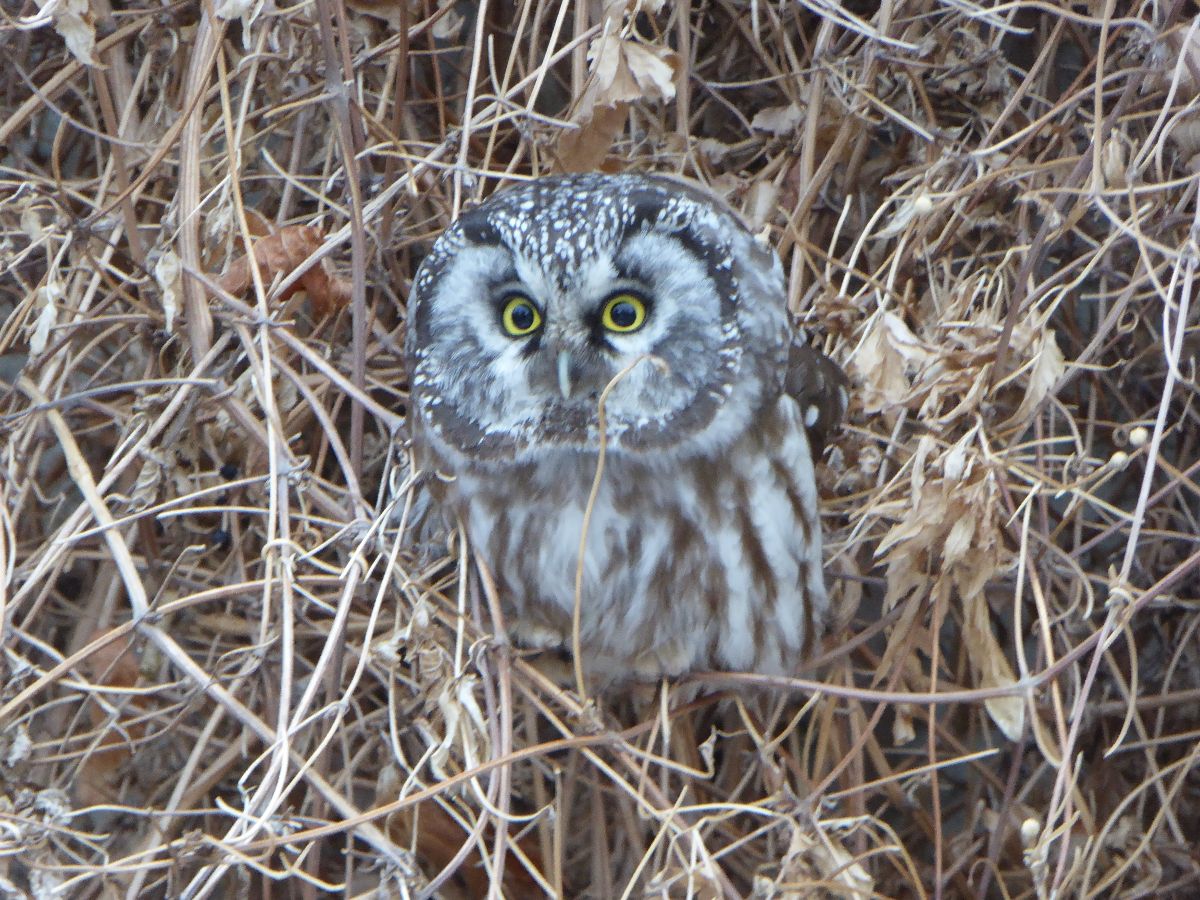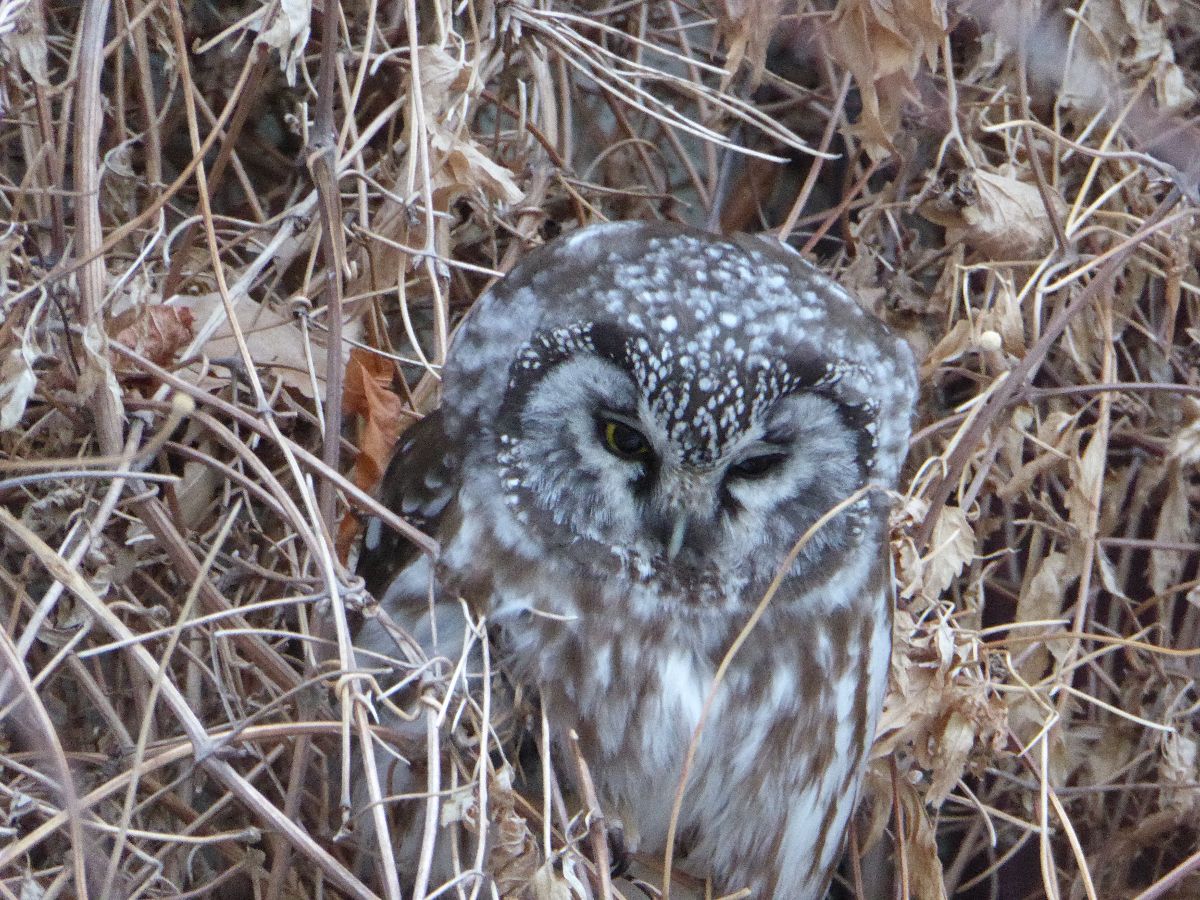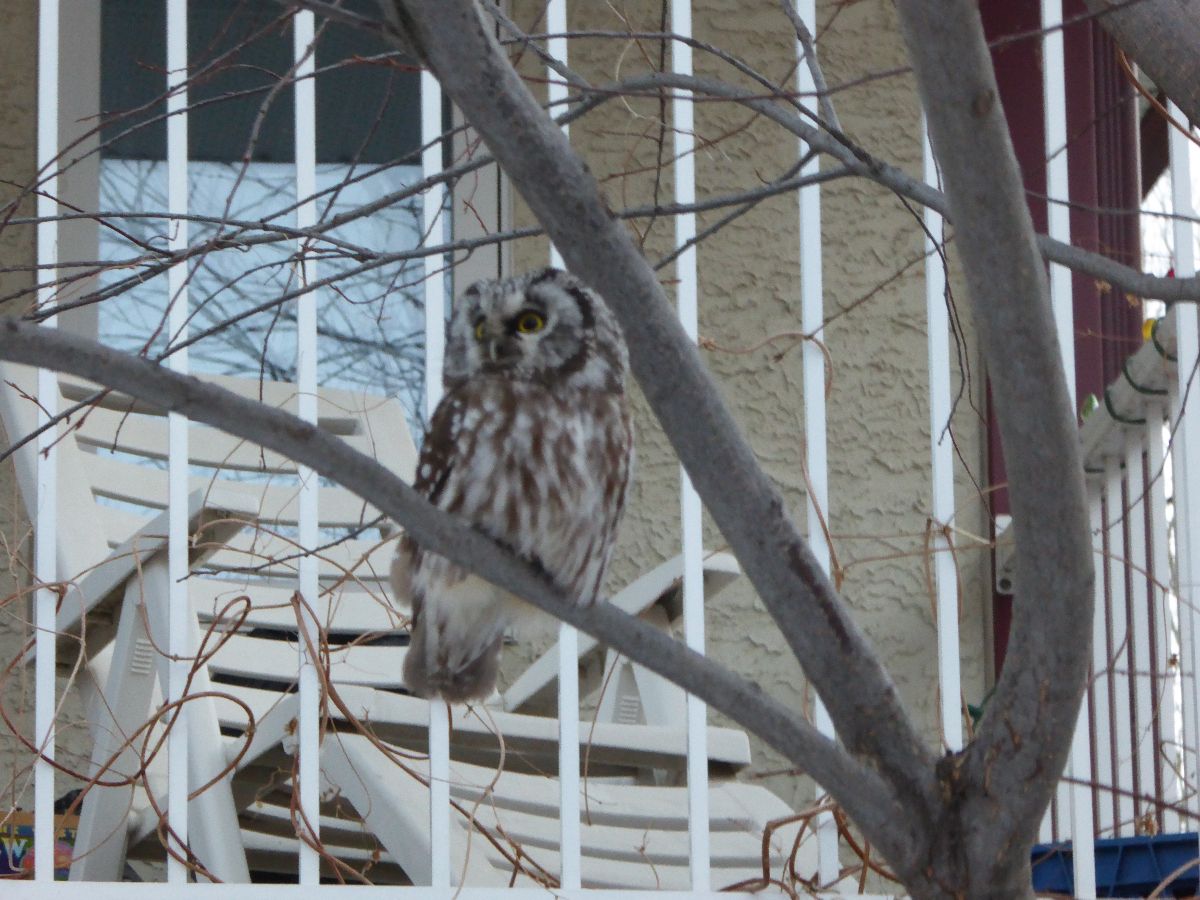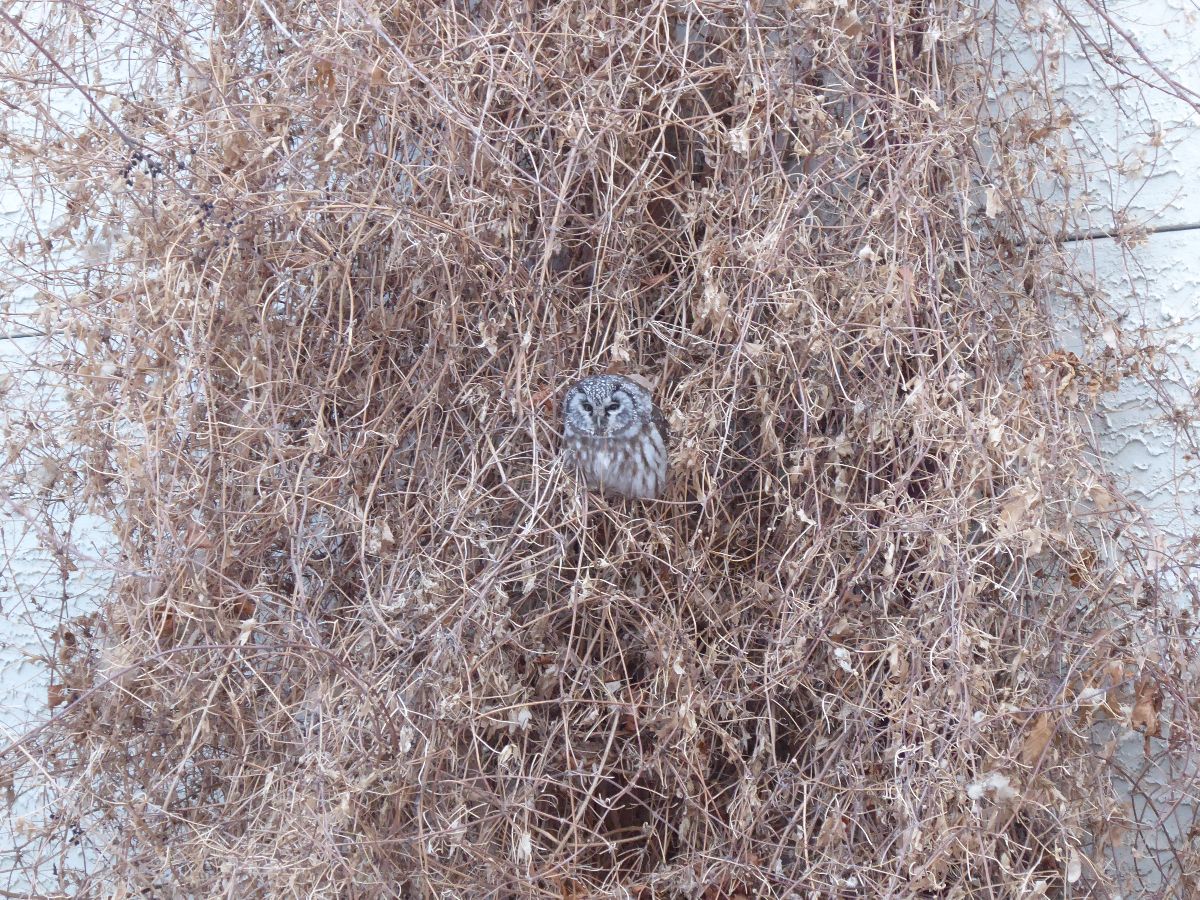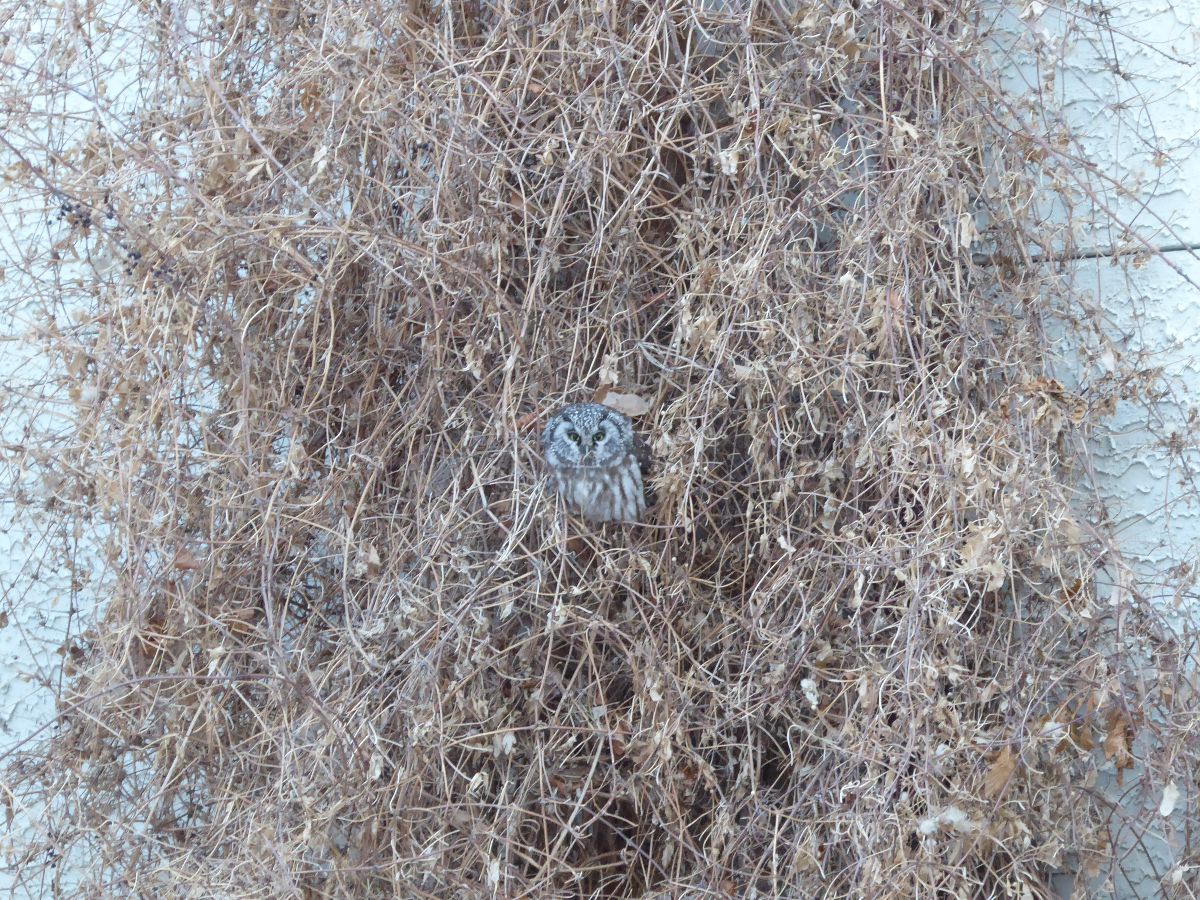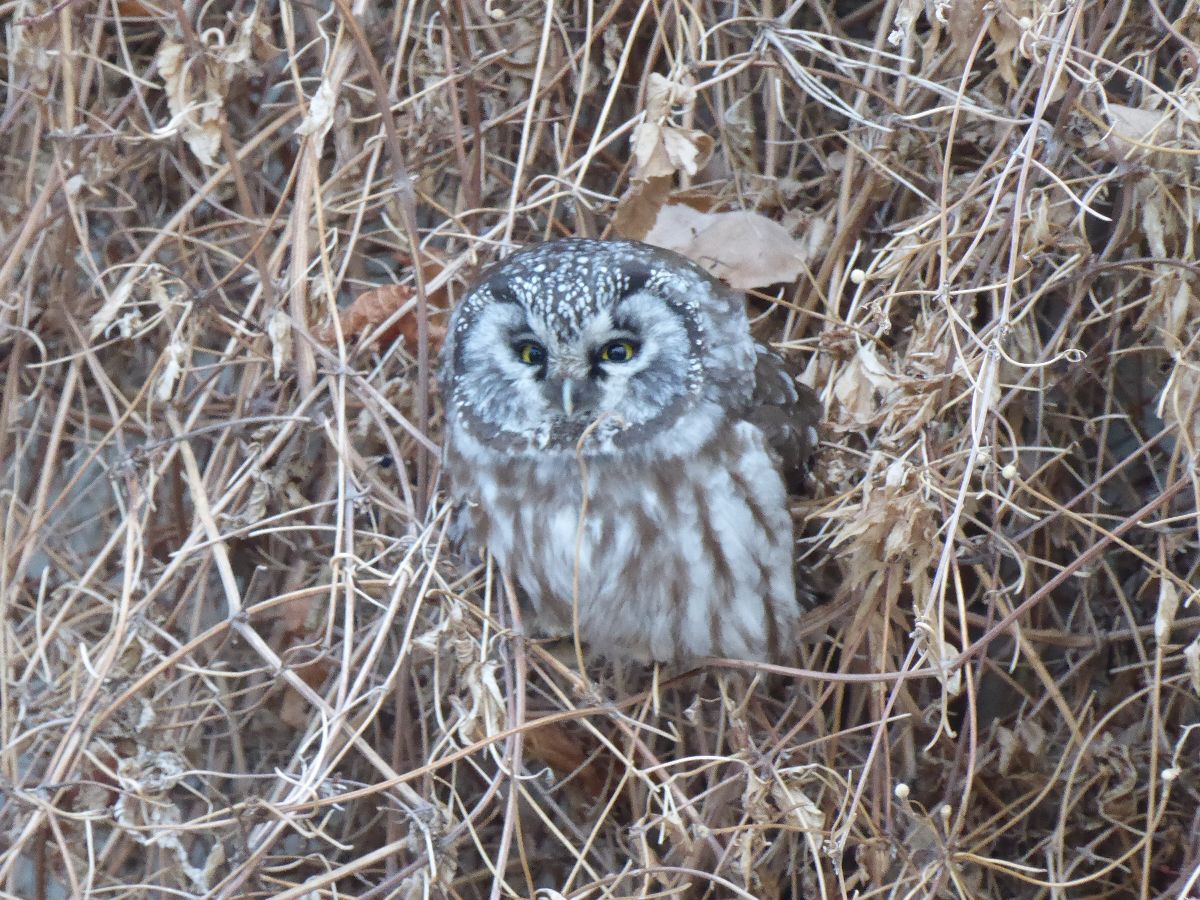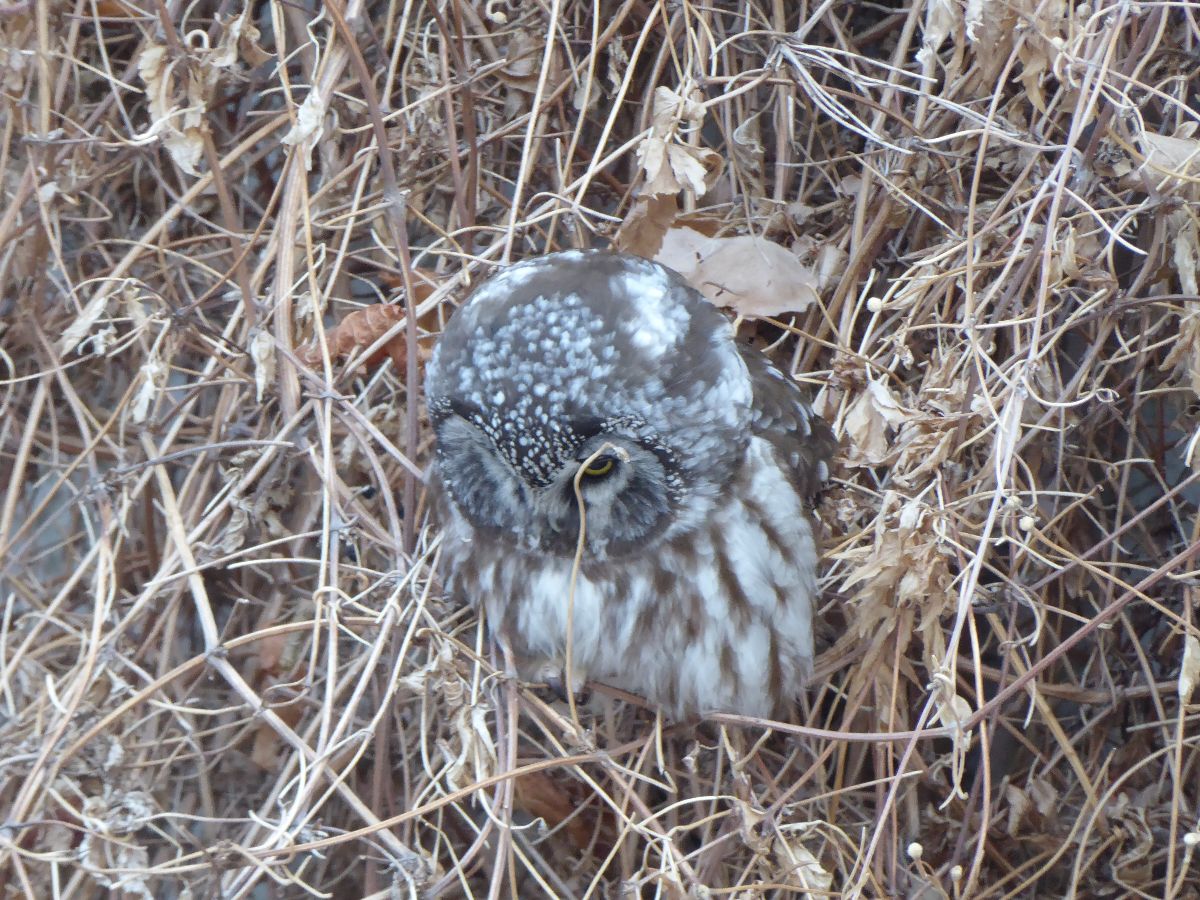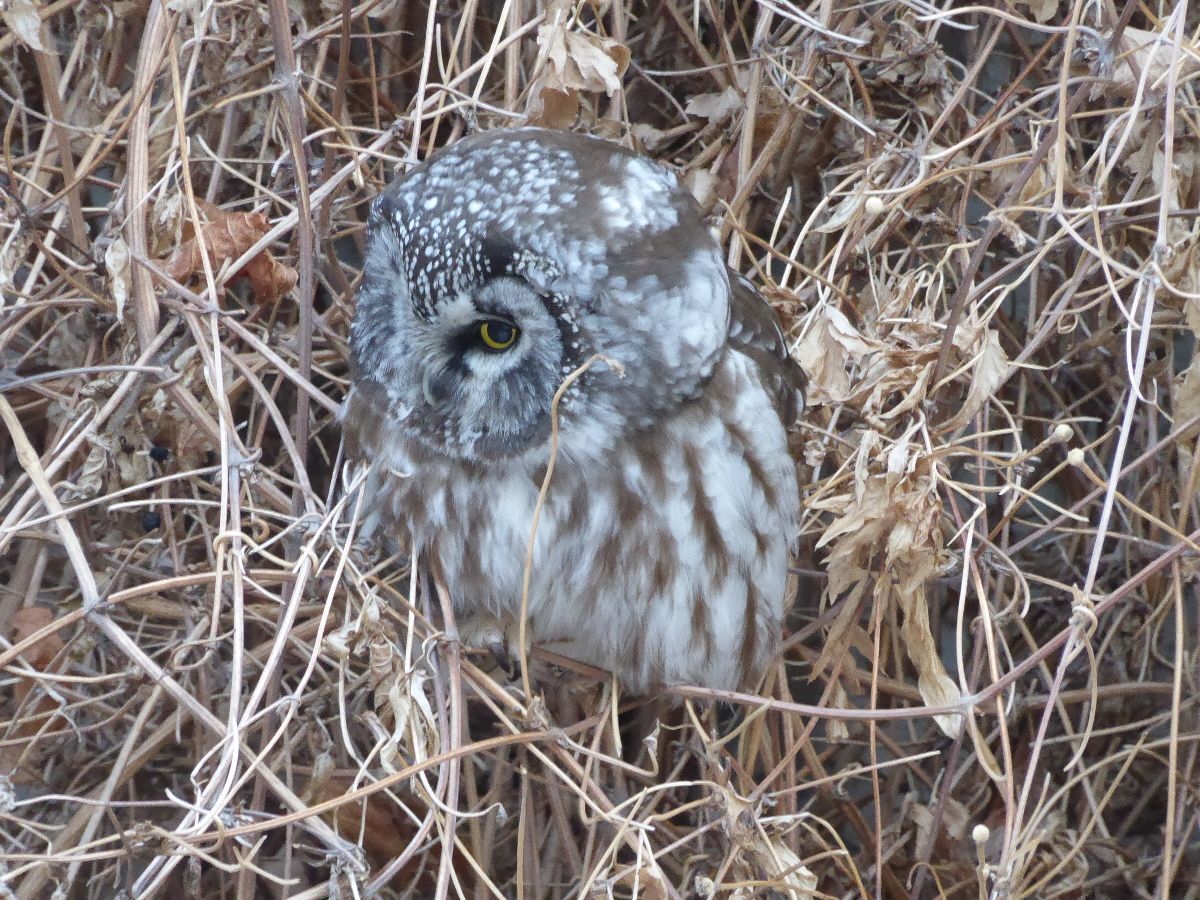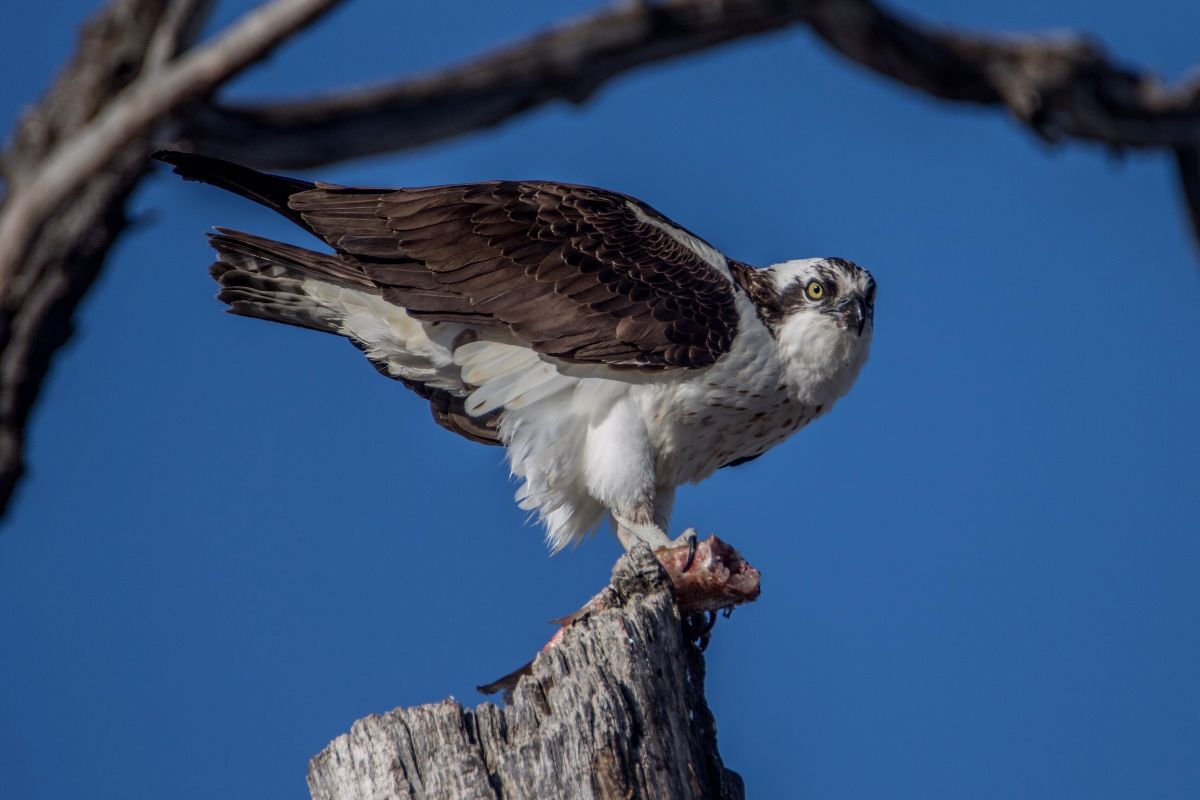Tomorrow is the fourth annual Global Big Day organized by the Cornell lab of Ornithology. Birders all over the world are encouraged to go birding and report their sightings on eBird. The goal is to see how many of the world’s 10,000+ species can be found, and to get reports from as many places and as many people as possible.
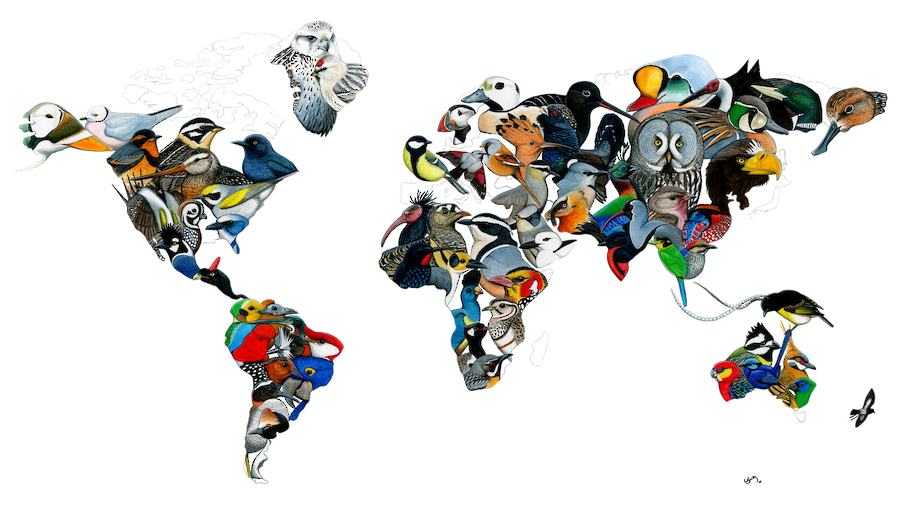
Global Big Day 2018. Image from the Cornell Lab of Ornithology.
The first such Big Day in 2015 had 6,085 species reported, which almost doubled the previous best day on eBird. Last year, on May 13, almost 20,000 people from 150 countries contributed more than 50,000 checklists containing 6,564 species. This is truly an important record of the state of the birds in the world.
To take part, just go birding anywhere you want to, and report your sightings on eBird. There is no need to spend the whole day – just spend some time counting birds in your local park, your yard, or anywhere you like.
You can read more about the 2018 Global Big Day here. You can also watch in real time as the results come in on this page.
If you have not used eBird before, it is very easy to get started. All the information you need is on their site. Start here to learn how it works, and then sign in and get started.
Note: If you want to contribute on Saturday but have not yet started using eBird, please just record the information about your outing (the location, the time spent birding, the species you see, and their approximate numbers), and you can enter the data into eBird later. Your sightings will be added to the Big Day. If you have trouble getting started with eBird, email me at birdscalgary[at]gmail.com and I’ll try to help. But read the information on the eBird site first.

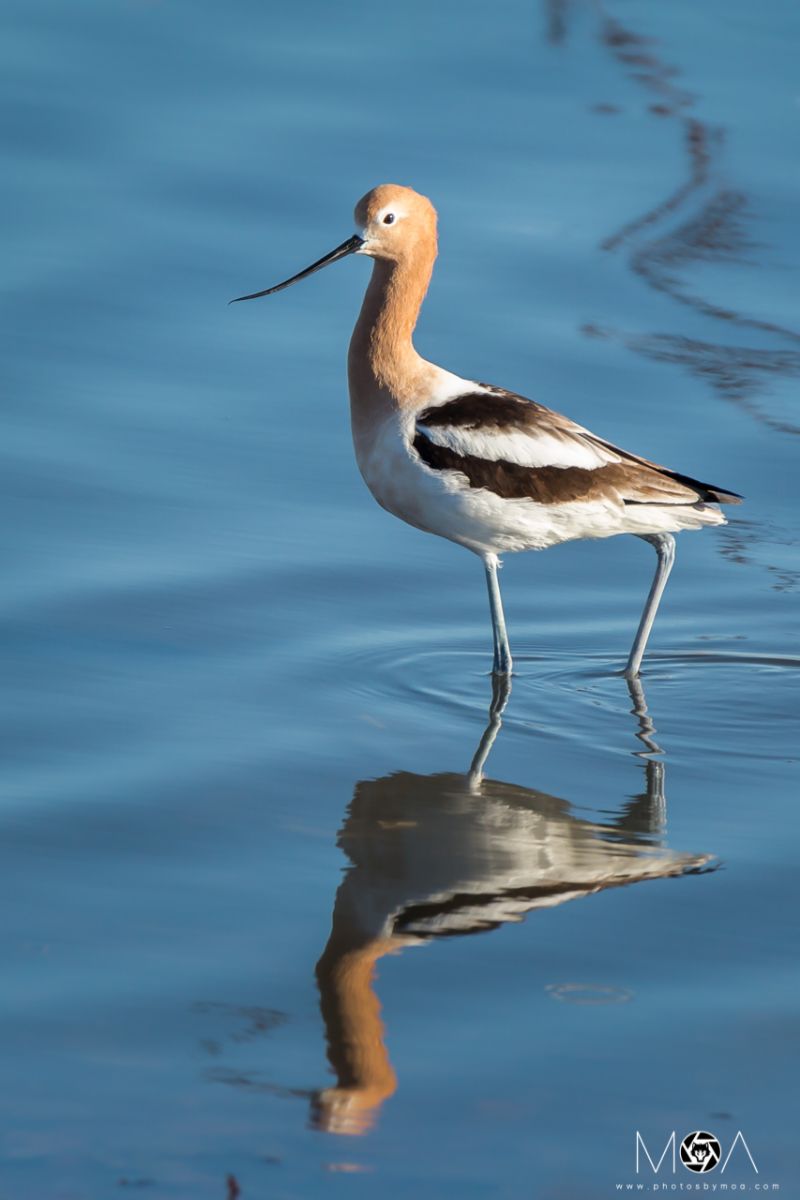
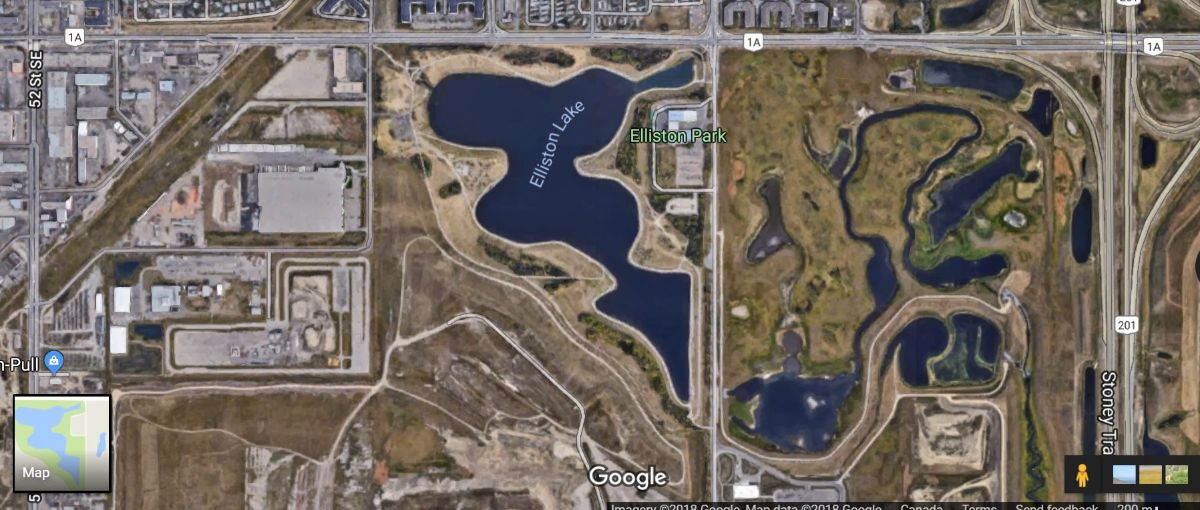
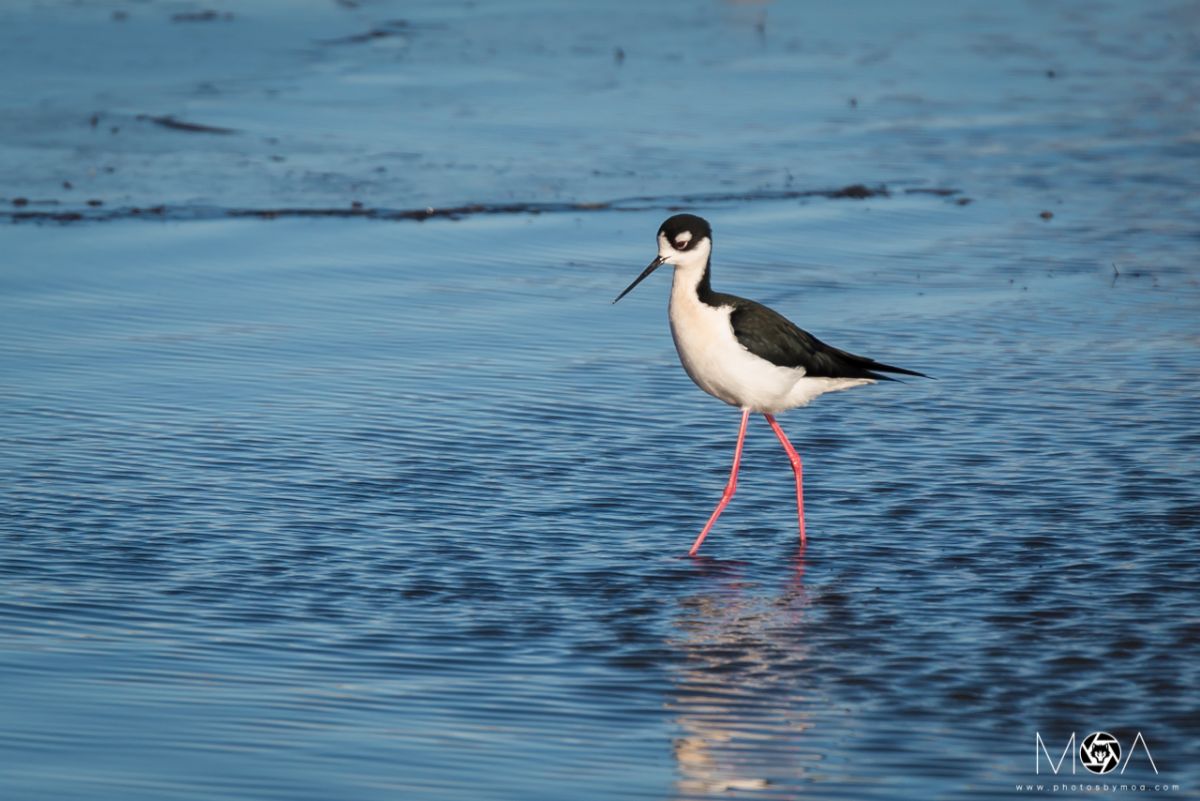
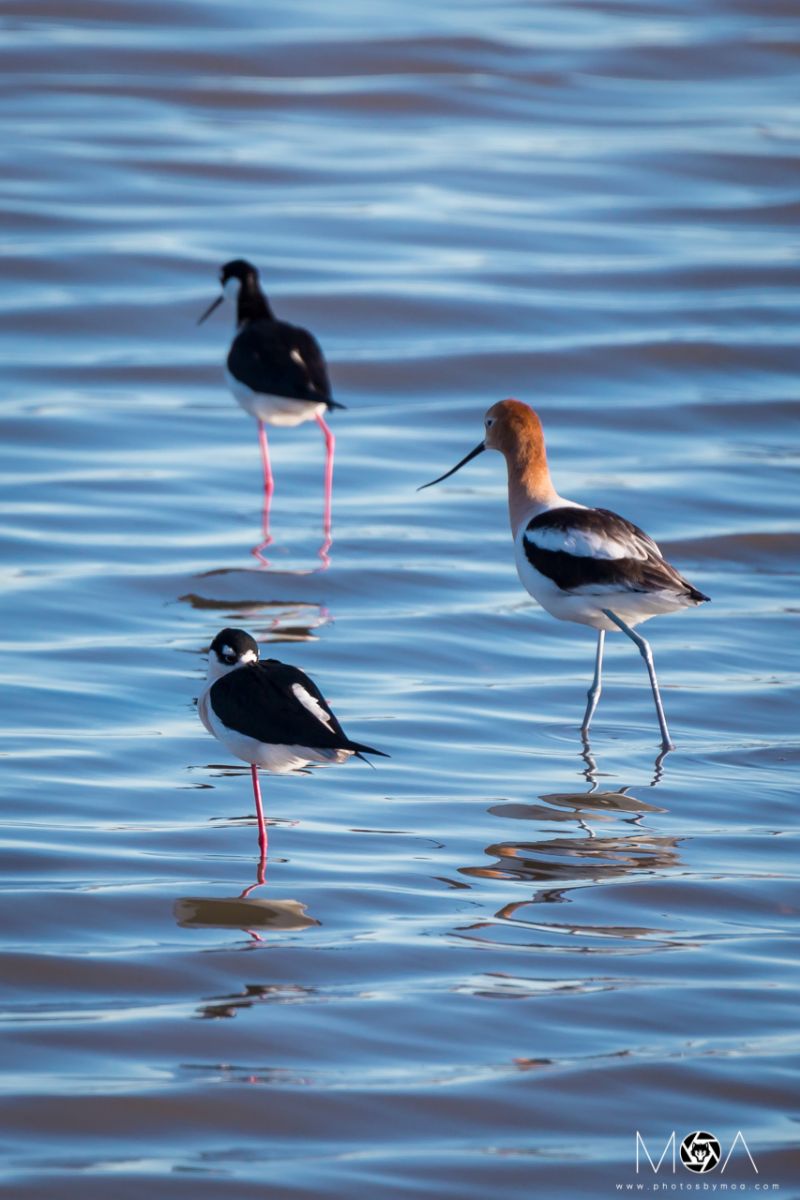 Two Black-necked Stilt and one American Avocet.
Two Black-necked Stilt and one American Avocet.